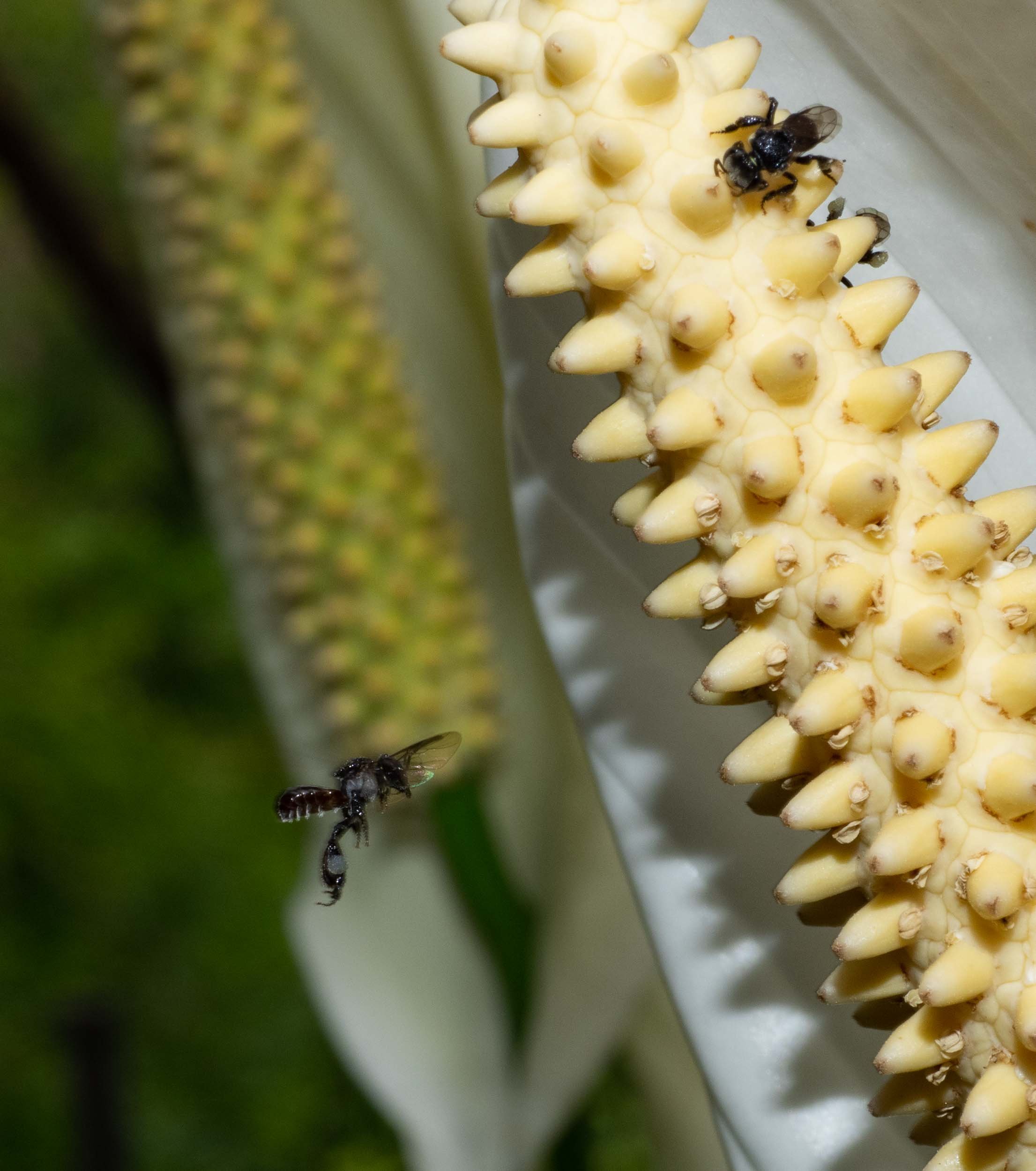
stingless bees
Tetragonula carbonaria. These tiny black bees are one of the very few species of native bees to form true colonies … and the only one found in NSW.

stingless bee
Tetragonula carbonaria. The hive will be hidden away inside the hollow of a tree branch or trunk, perhaps 10 metres or more above ground.

Jumping Jack Ant
Myrmecia nigrocincta … a small, day-active bulldog ant that typically forages among the foliage of shrubs and trees, and can leap up to 10cm between leaves! This one is carrying prey back to the colony, which may include around 1000 individuals within an underground nest.
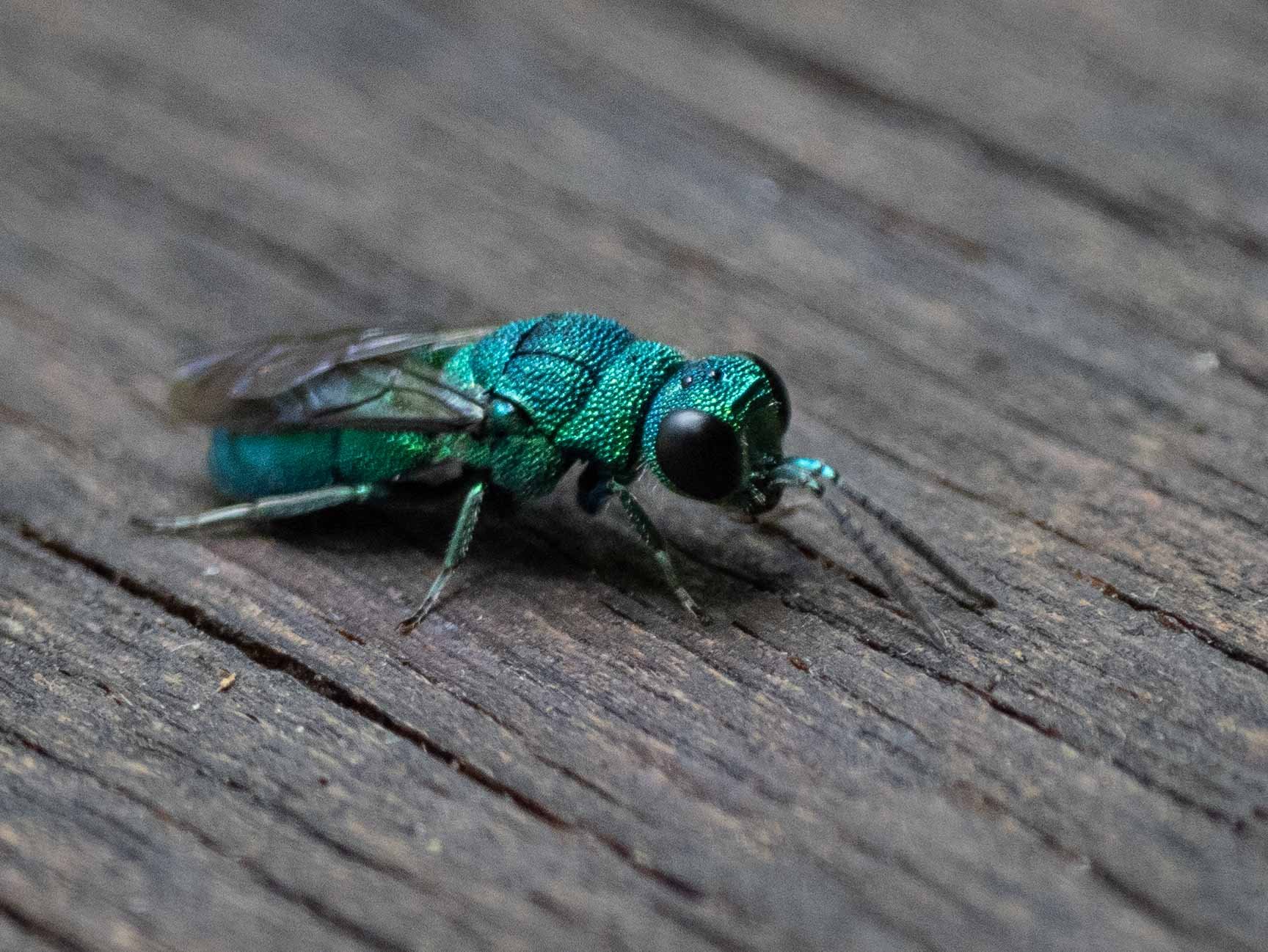
cuckoo wasp
Primeuchroeus. This female was hanging about watching the nesting activities of other wasps. Her aim? To sneak in, lay an egg, and leave. Her larva would then eat the host’s egg and then its stash of food … cuckoo-style!
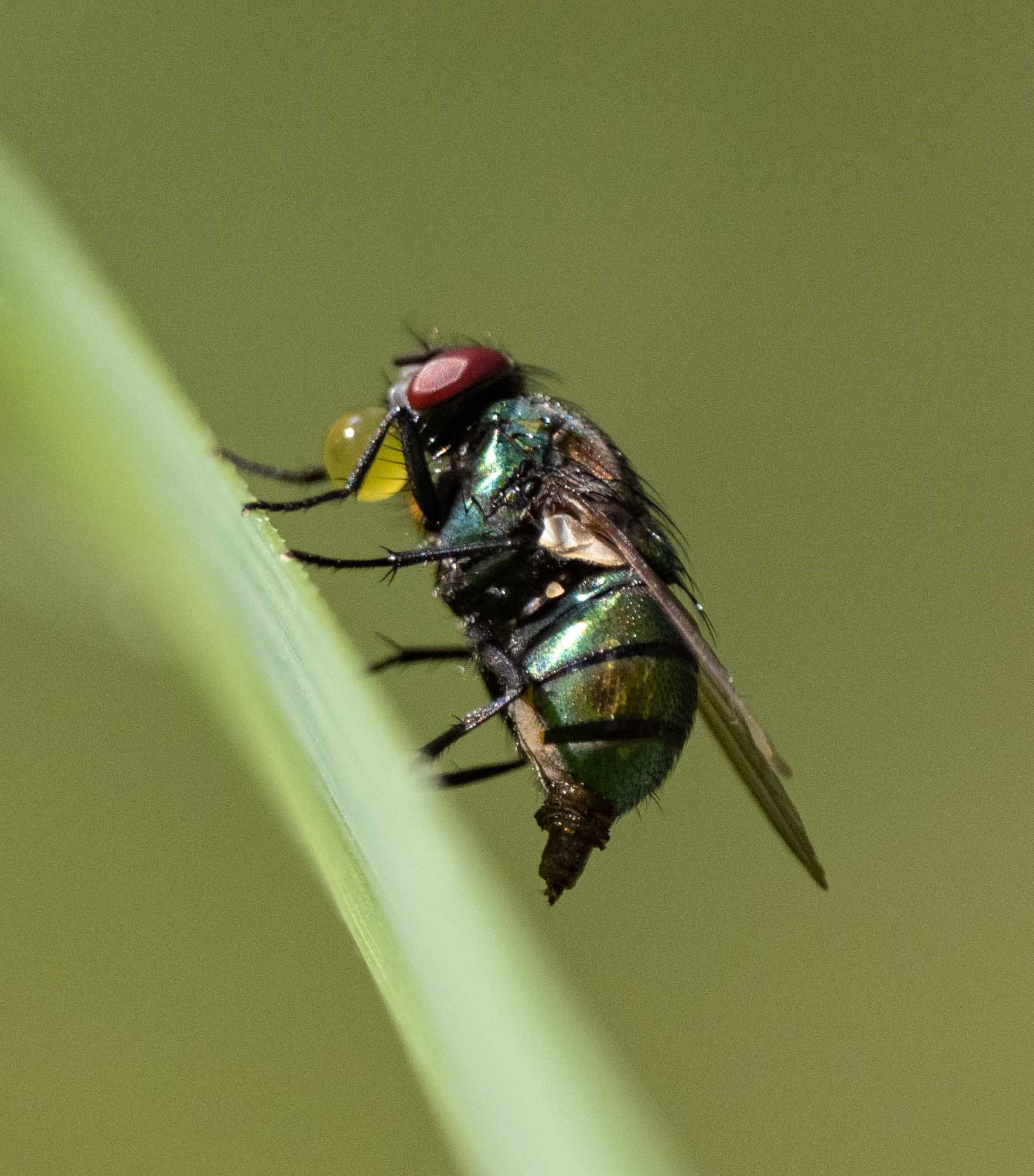
small blowfly
This rather pretty little fly is blowing bubbles. Not only does this concentrate its liquid meal, but it can also help to cool the insect in hot weather.
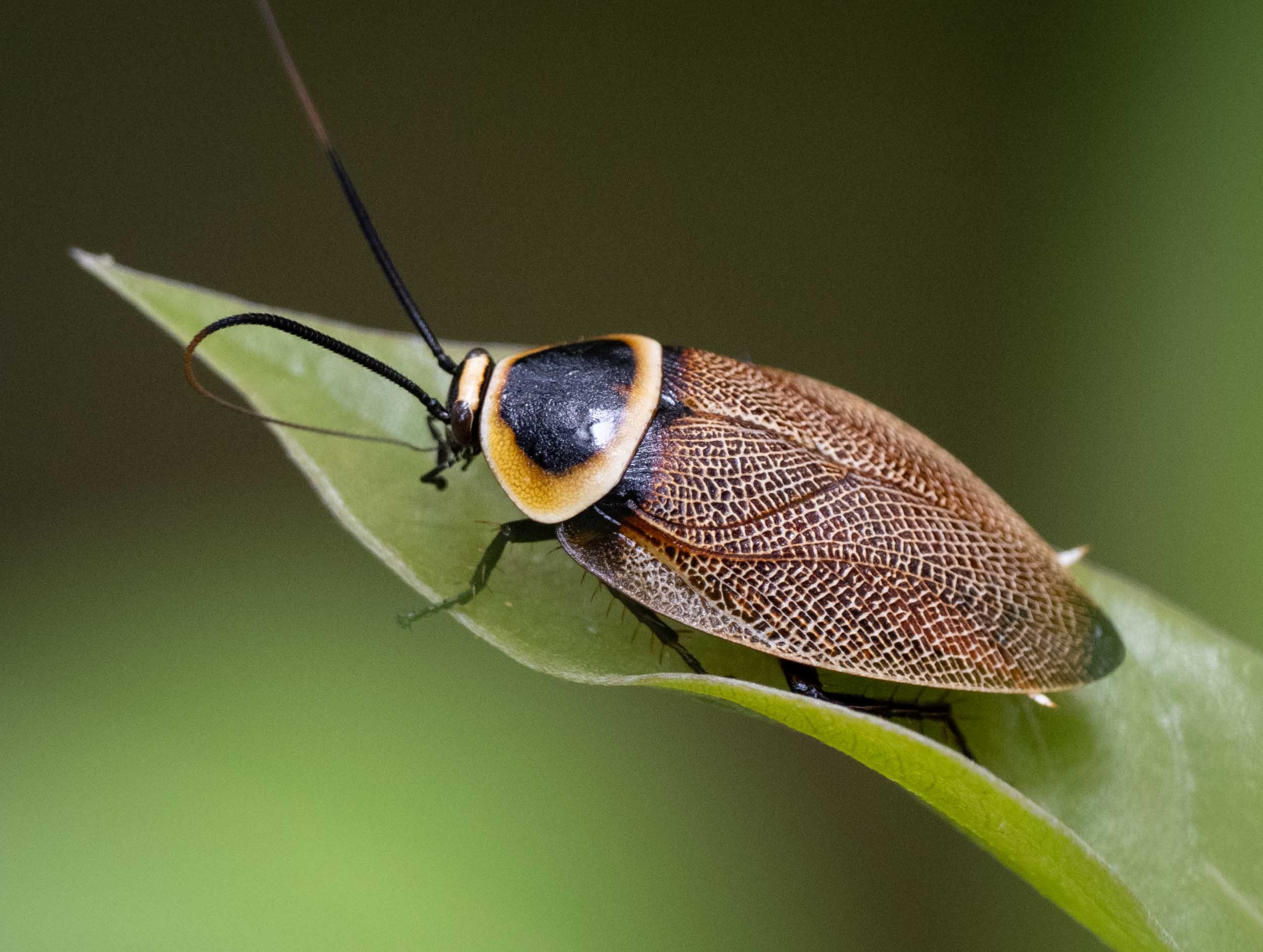
cockroach
Ellipsidion australe … a day-active species that is commonly seen sunning itself on leaves. This one is an adult.
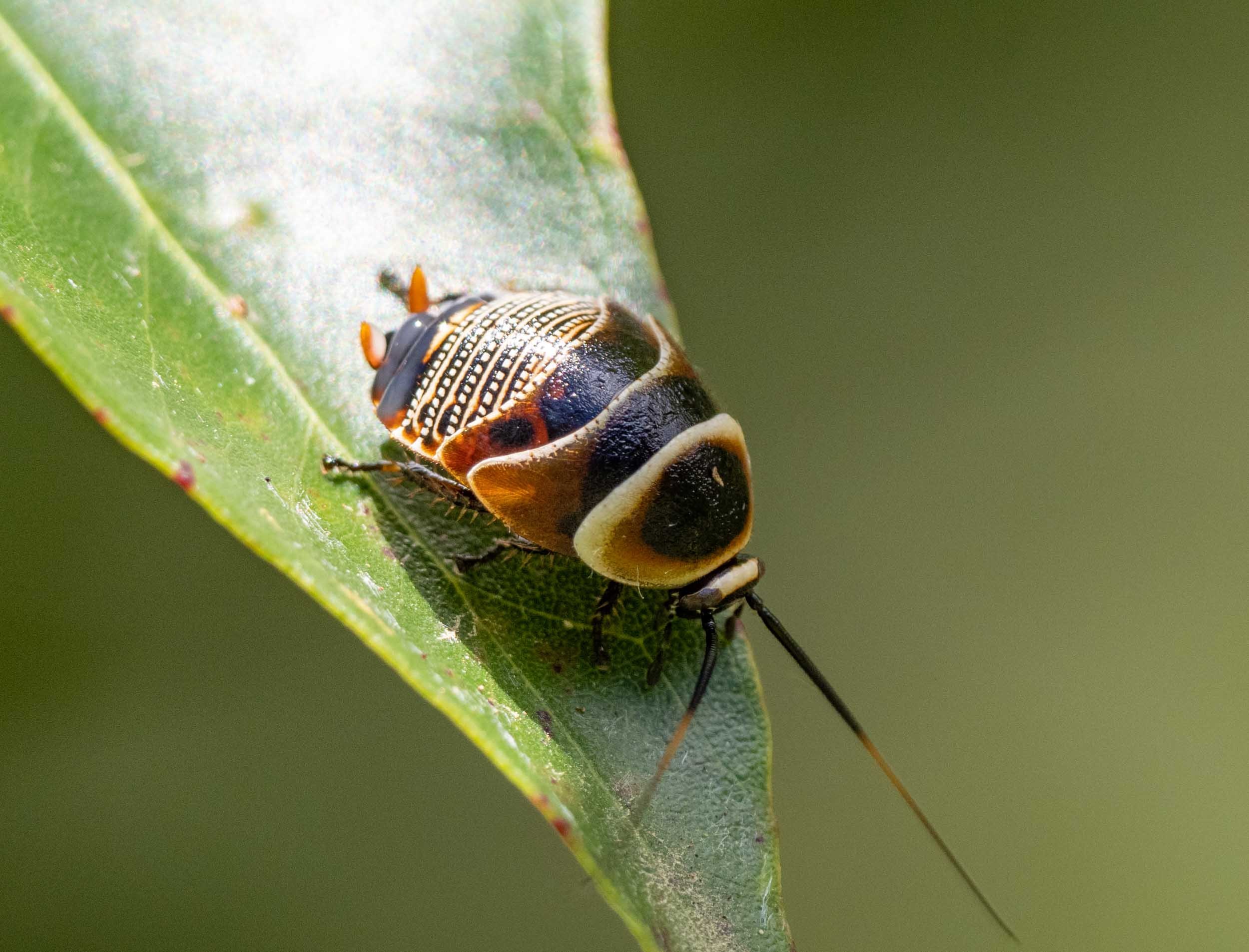
cockroach
Ellipsidion australe. This nymph has yet to develop wings but otherwise it behaves like the adult, active in the day on vegetation.
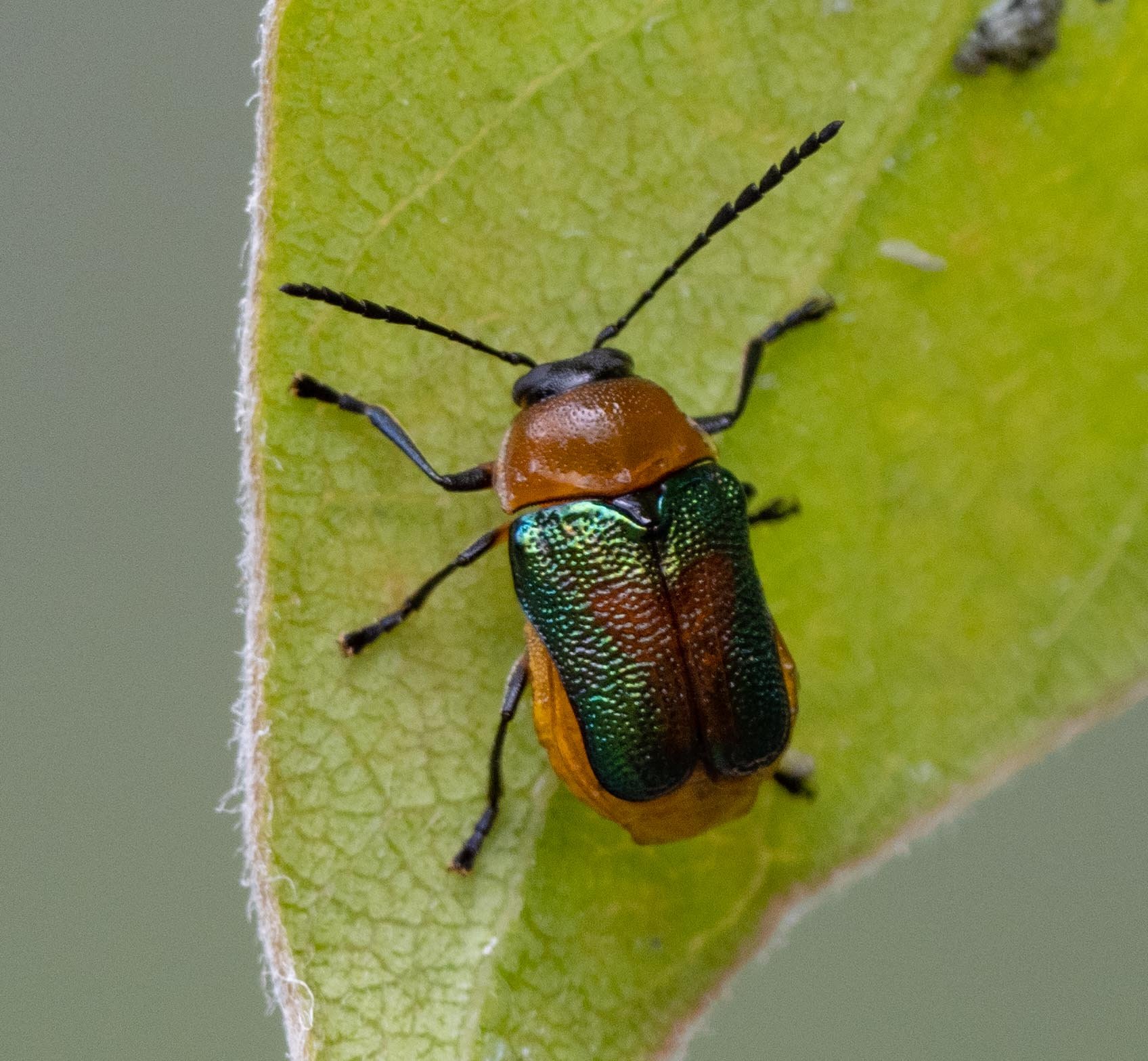
leaf beetle
Aporocera … the larva feed in the leaf litter, on dead leaves and twigs. Adult beetles in this family eat the leaves and flowers of eucalypts and wattles.
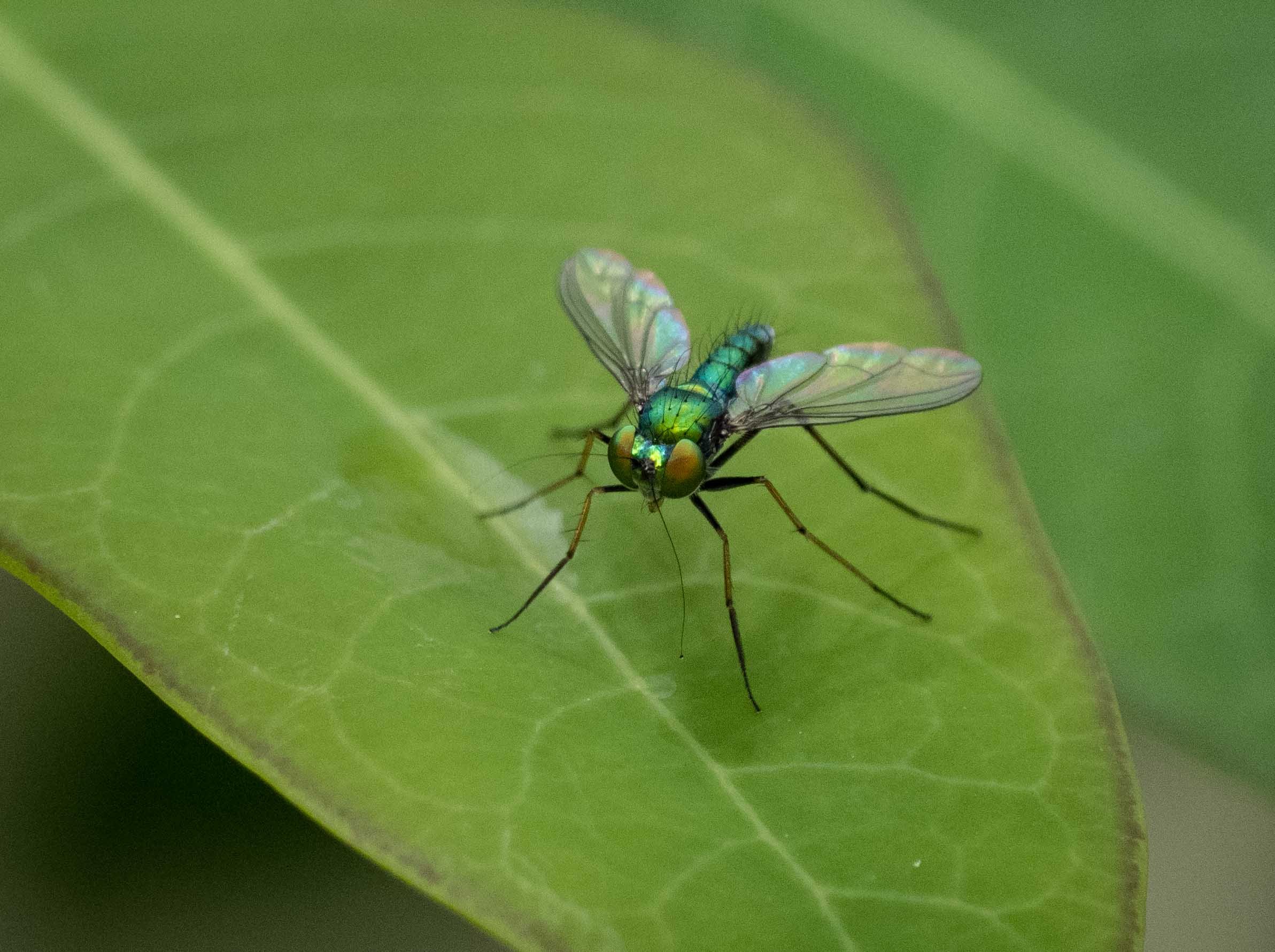
long-legged fly
Tiny, shining flies in this family are a common sight on low, moist foliage. The adults hunt small, soft-bodied prey such as springtails and worms. The larvae are also predators, feeding in the soil or under bark.
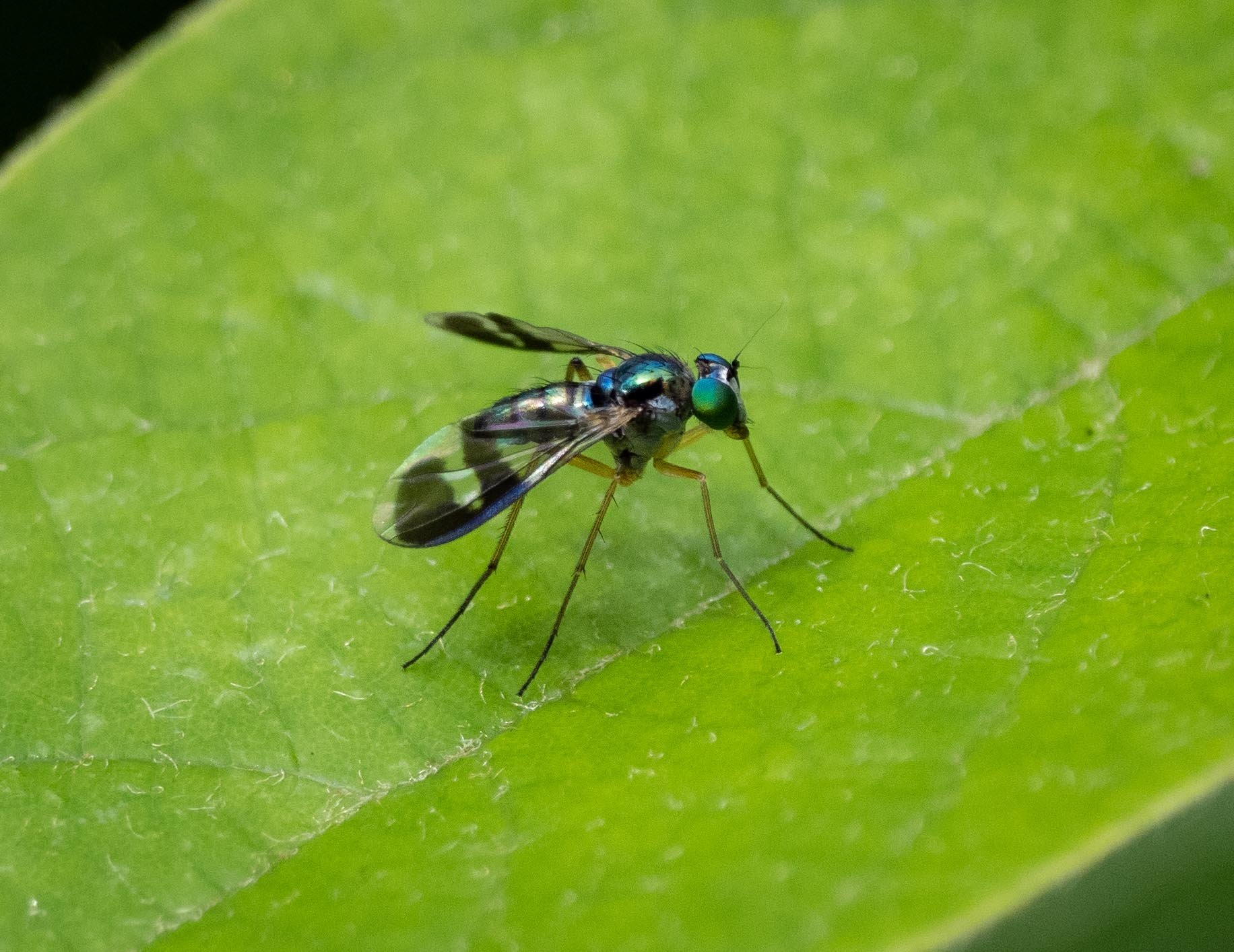
long-legged fly
Austrosciapus … another of these tiny predators.

baby leaf-footed bugs
Five pretty bugs which had apparently just hatched … note the five empty eggs alongside.
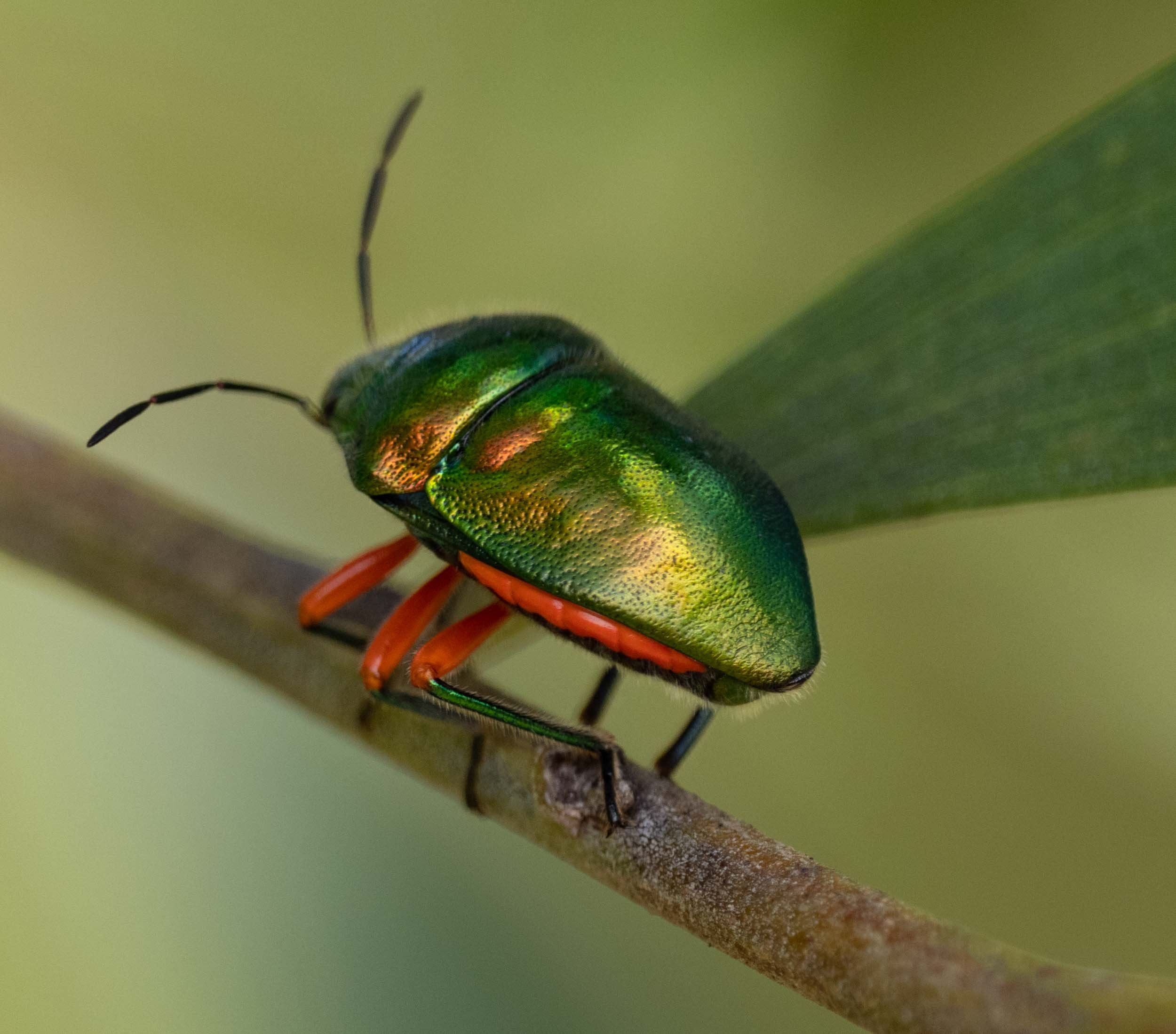
Green Jewel Bug
Lampromicra. Both adults and nymphs feed on plant juices, but are not considered a significant garden or crop pest.
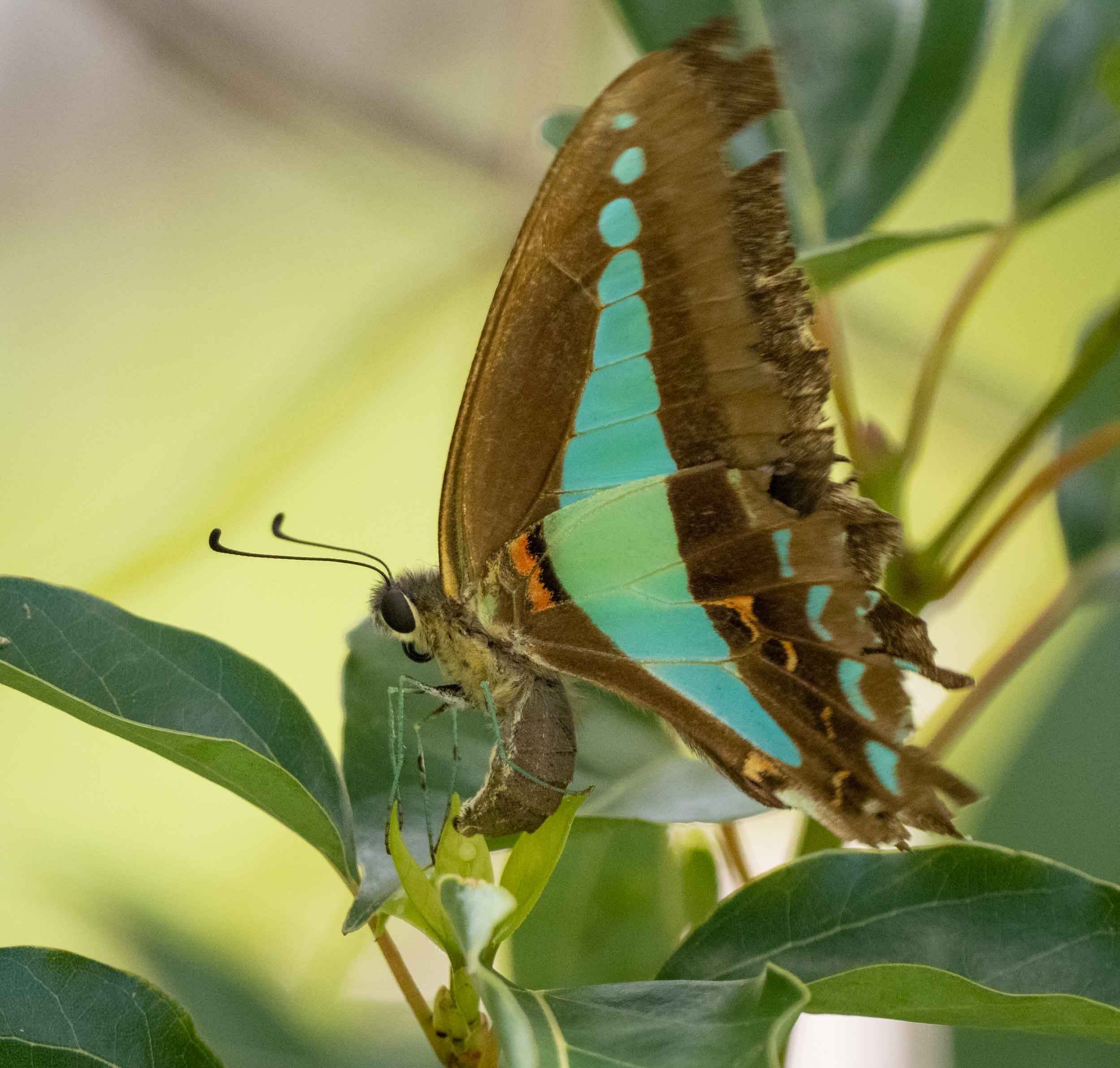
Blue Triangle butterfly
Graphium choredon. A rainforest species that rarely lands except when feeding on nectar from flowers, drinking water from pools … or laying eggs, as this one is doing.
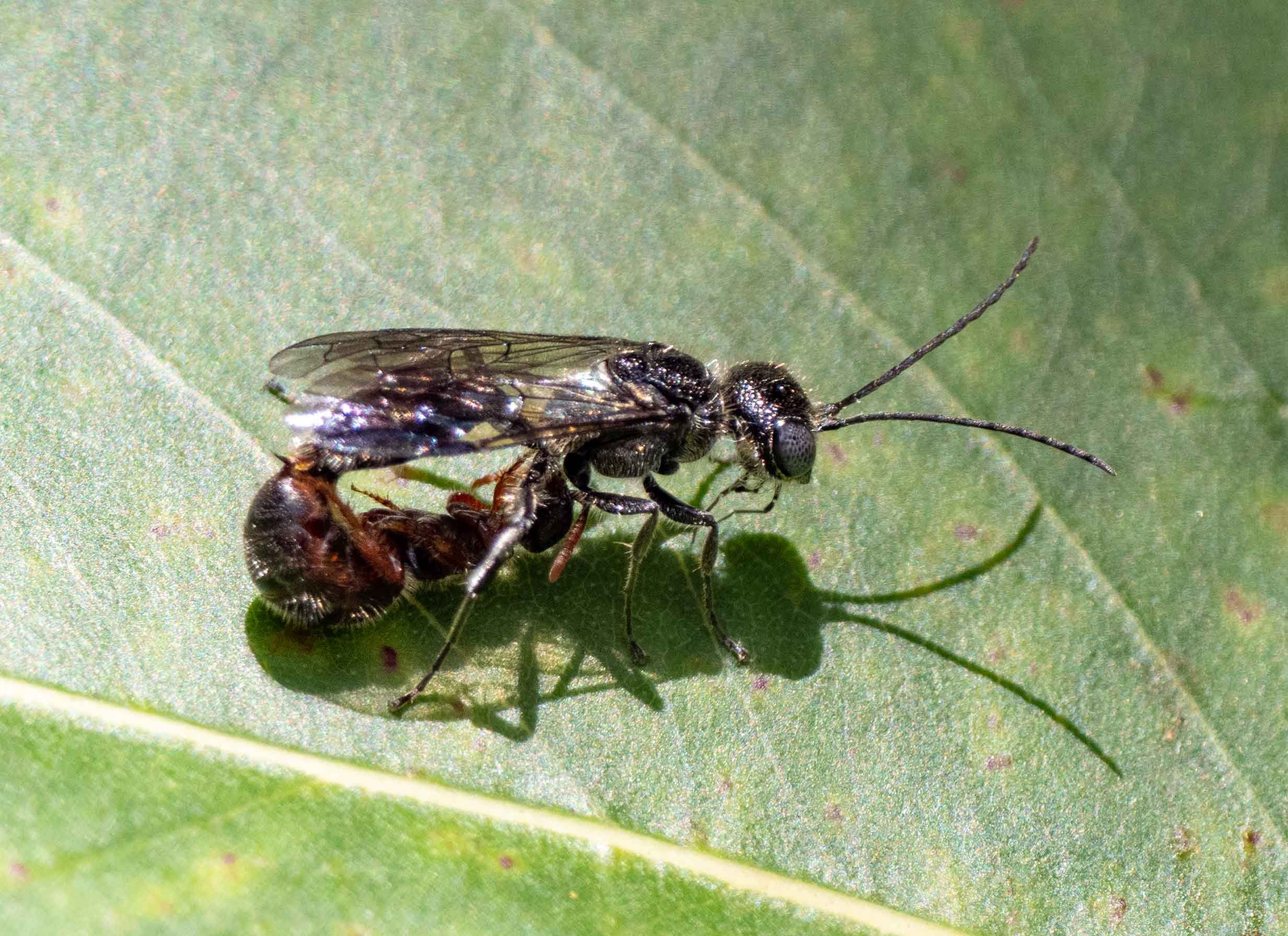
mating flower wasps
Pairs like this are a common sight in Summer, as winged males carry flightless females on protracted mating and feeding flights.
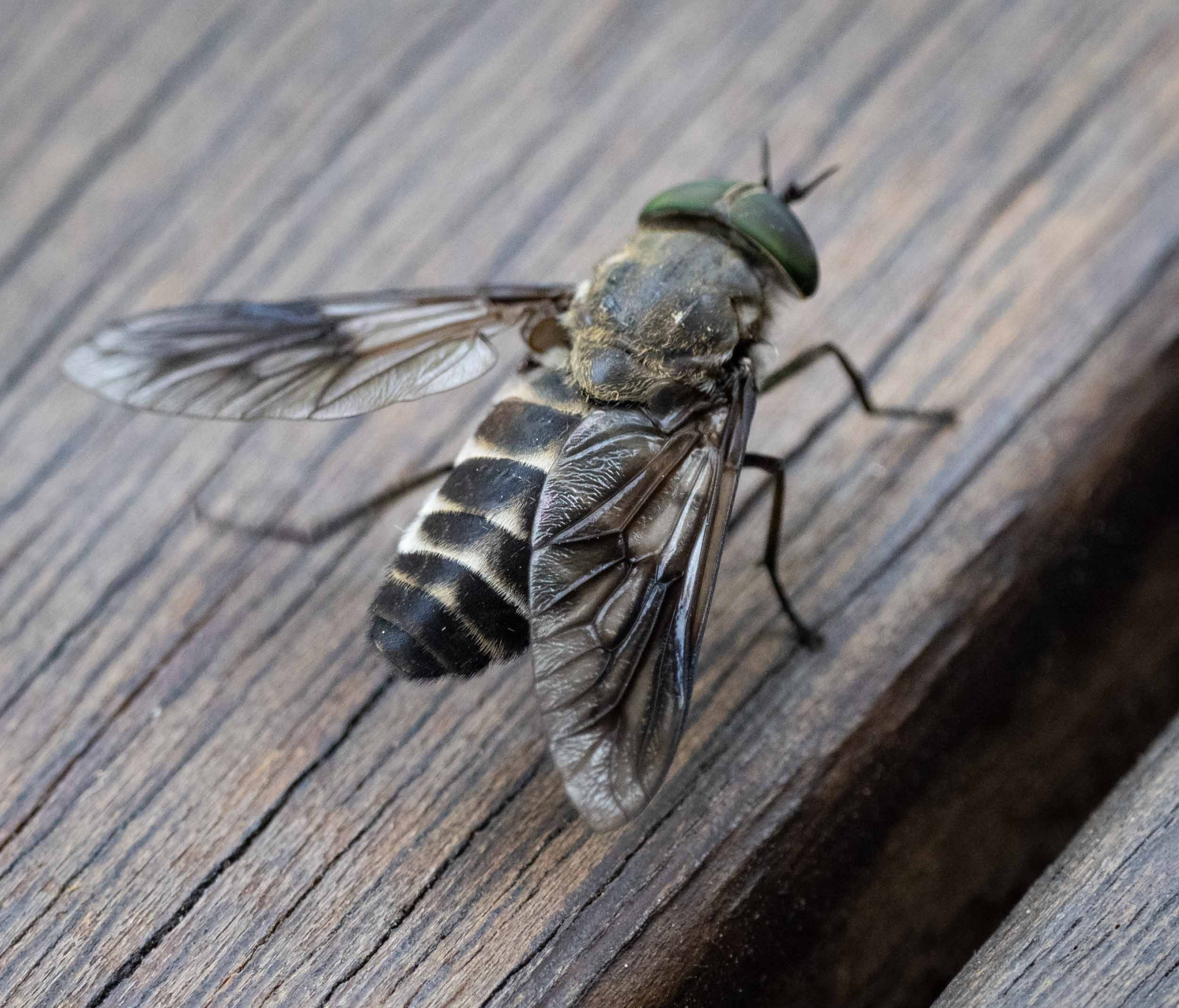
march fly
These large flies are well-known and widely disliked due to their habit of pestering humans for a blood meal. Interestingly, insect repellants have limited effect as march flies hunt by sight, not smell.
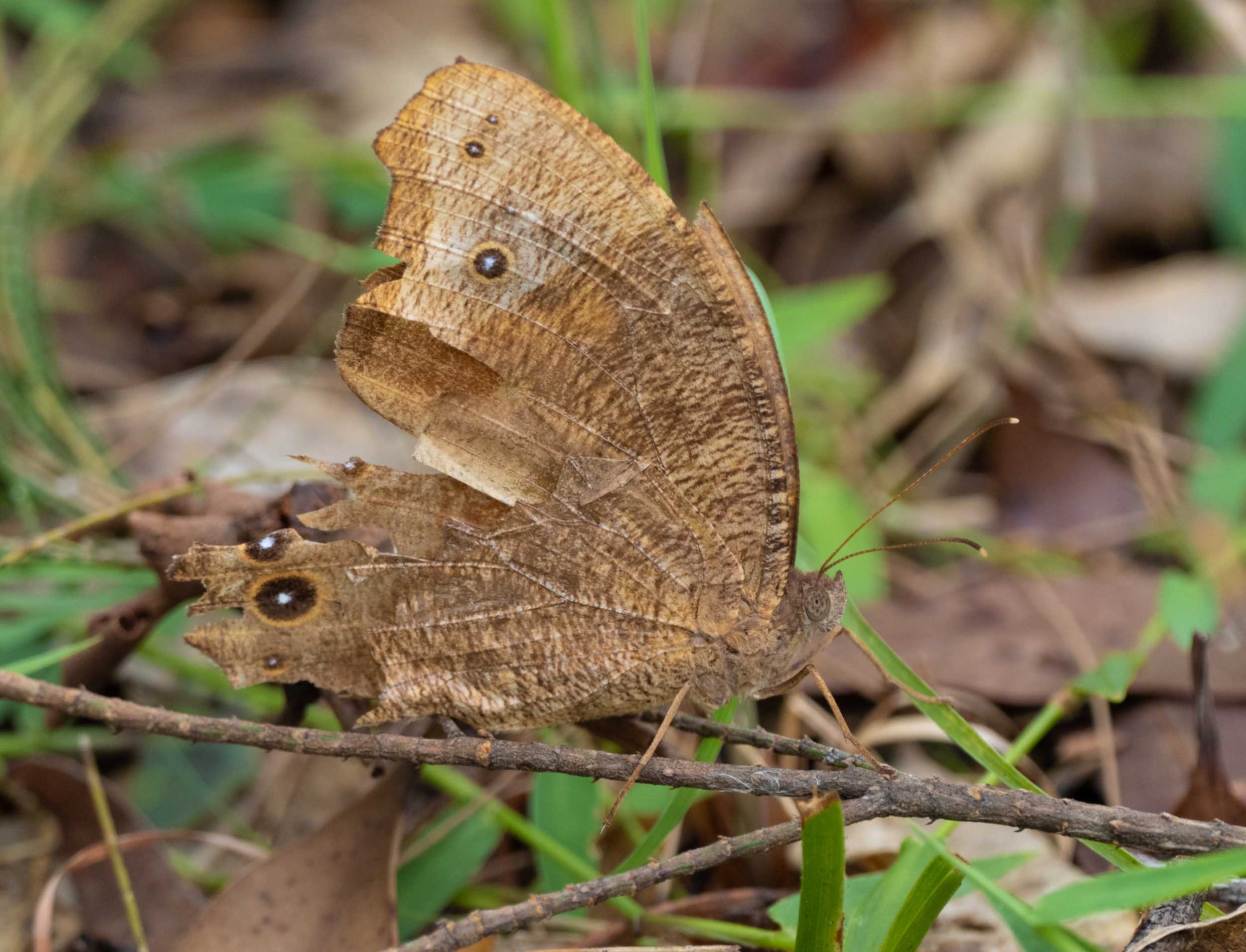
Evening Brown butterfly
Melanitis leda. A very tatty individual, perhaps many weeks old and a near-miss victim of hunting birds. They tend to fly at dawn and dusk … hence the common name.
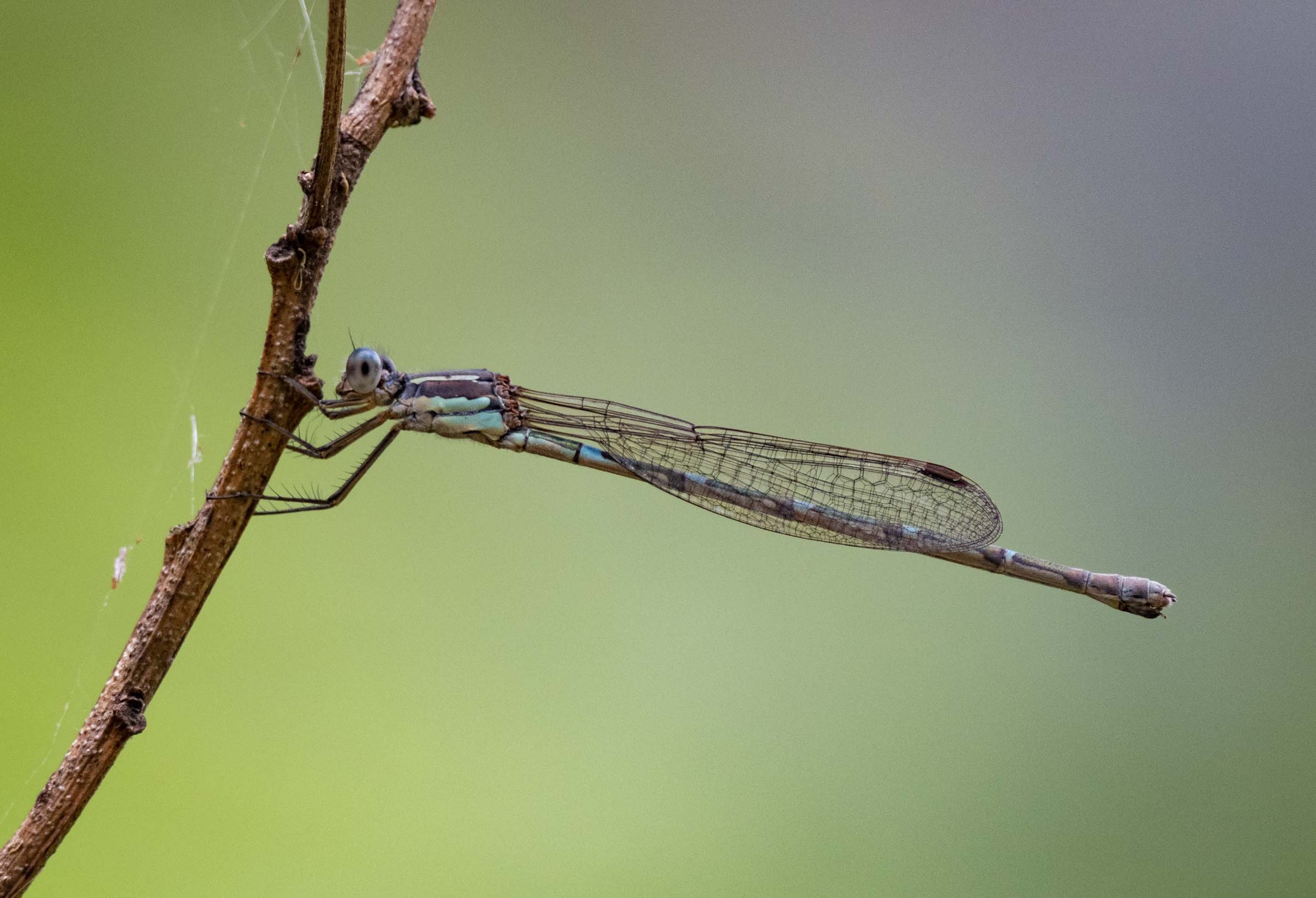
Wandering Ringtail damselfly
Austrolestes leda … this one a female. A widespread species of eastern Australia.
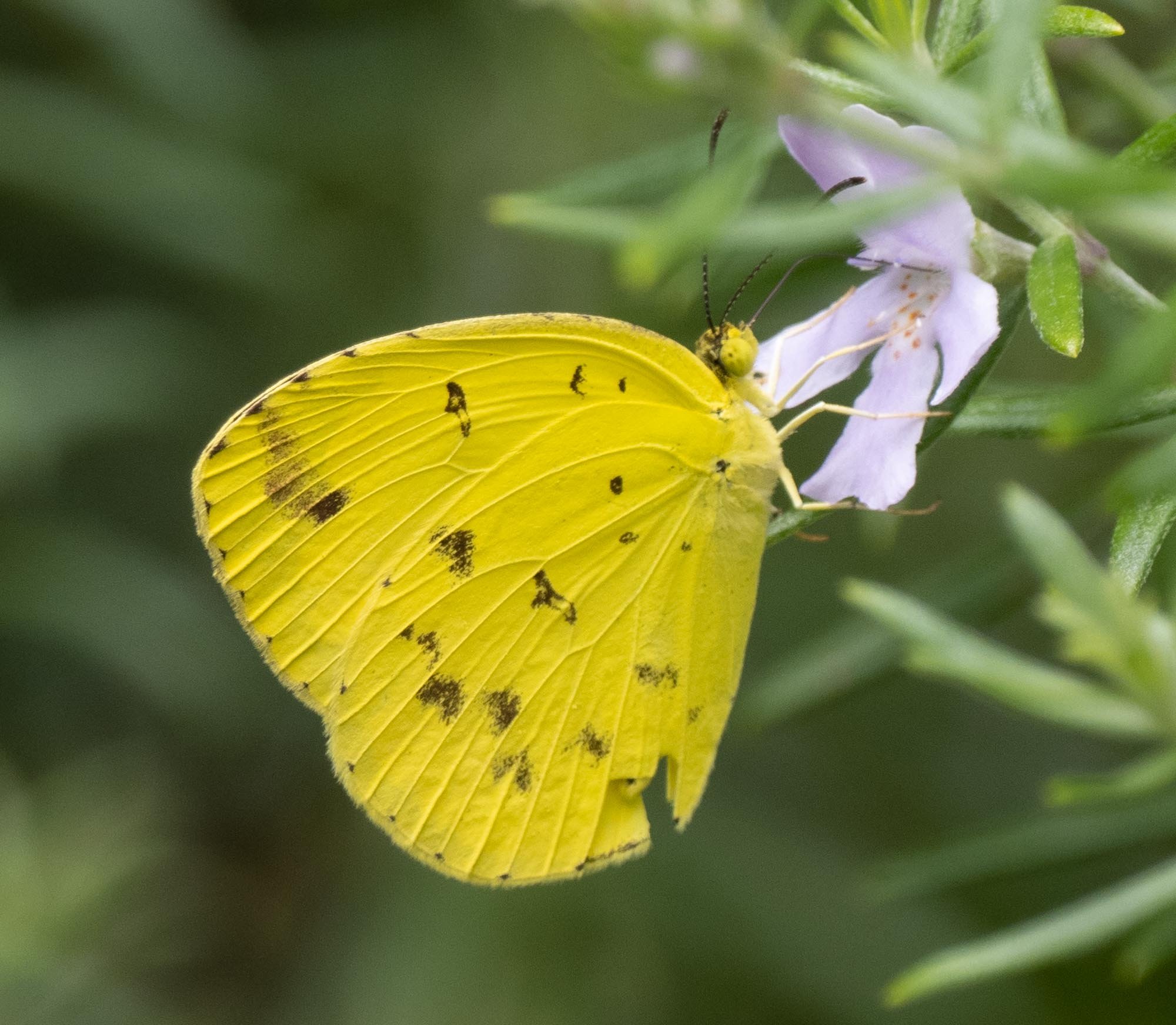
Large Grass Yellow
Eurema hecabe. A wet-season migrant from the far north of Australia.

Lemon Migrant
Catopsilia pomona. An occasional visitor, although sometimes in very large numbers.
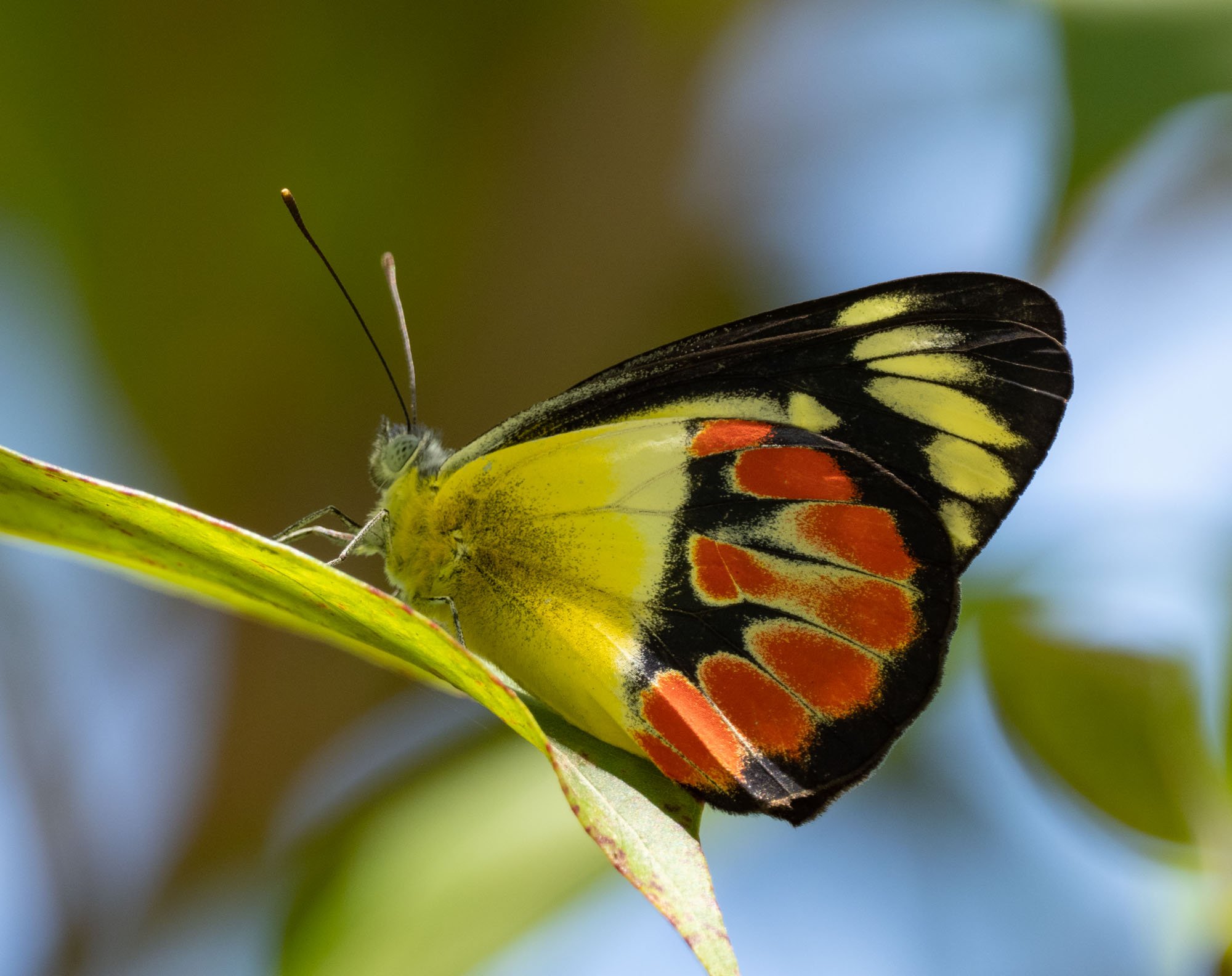
Scarlet Jezebel
Delias argenthona … usually seen flying high in the canopy. Larvae feed on mistletoe.

Davies' Ant Spider
Subasteron daviesae … a predator of ants, this species inhabits forest margins, including rainforests.
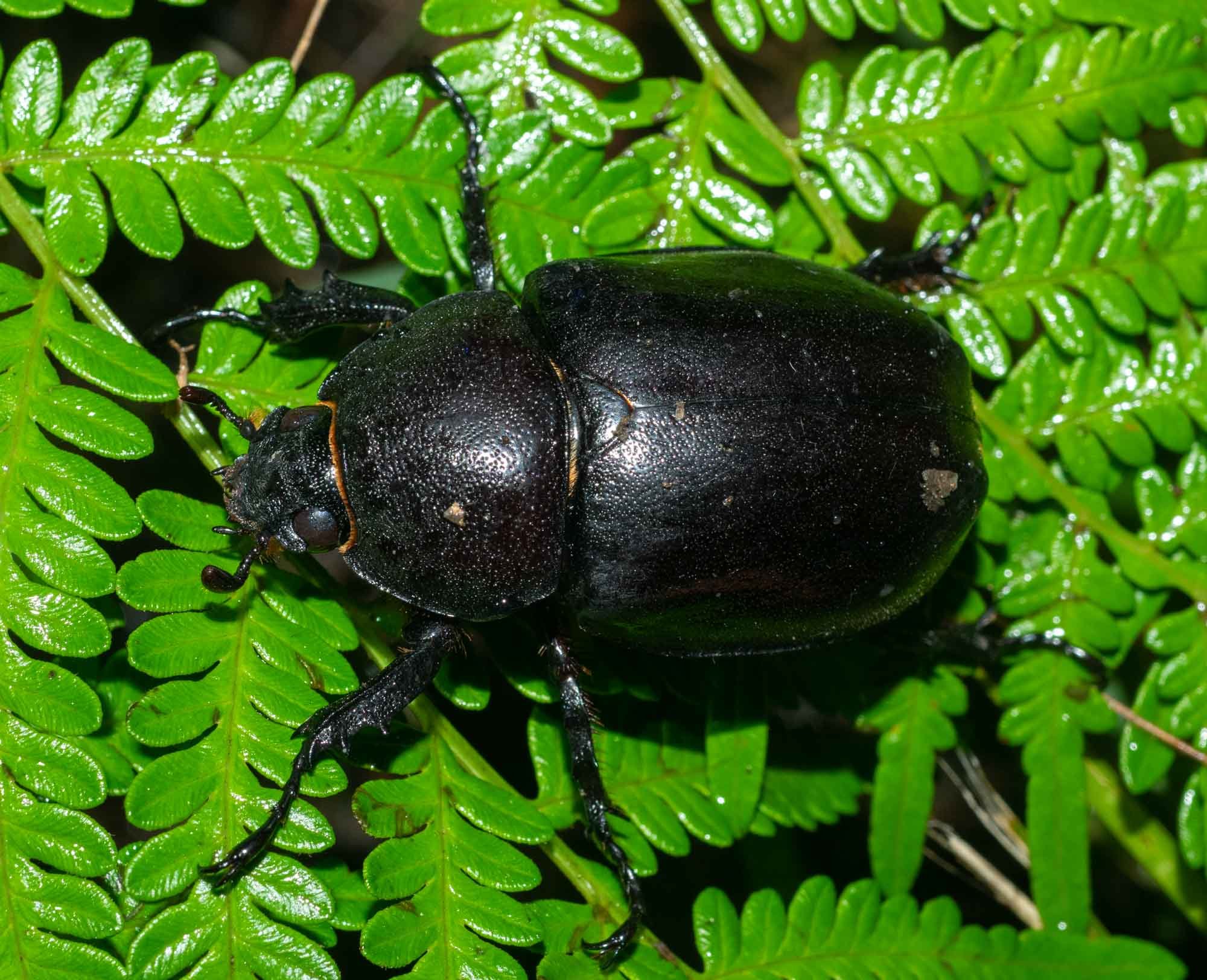
rhinoceros beetle
Haploscapanes … a truly massive beetle, 36mm long, and with an incredibly strong grip!
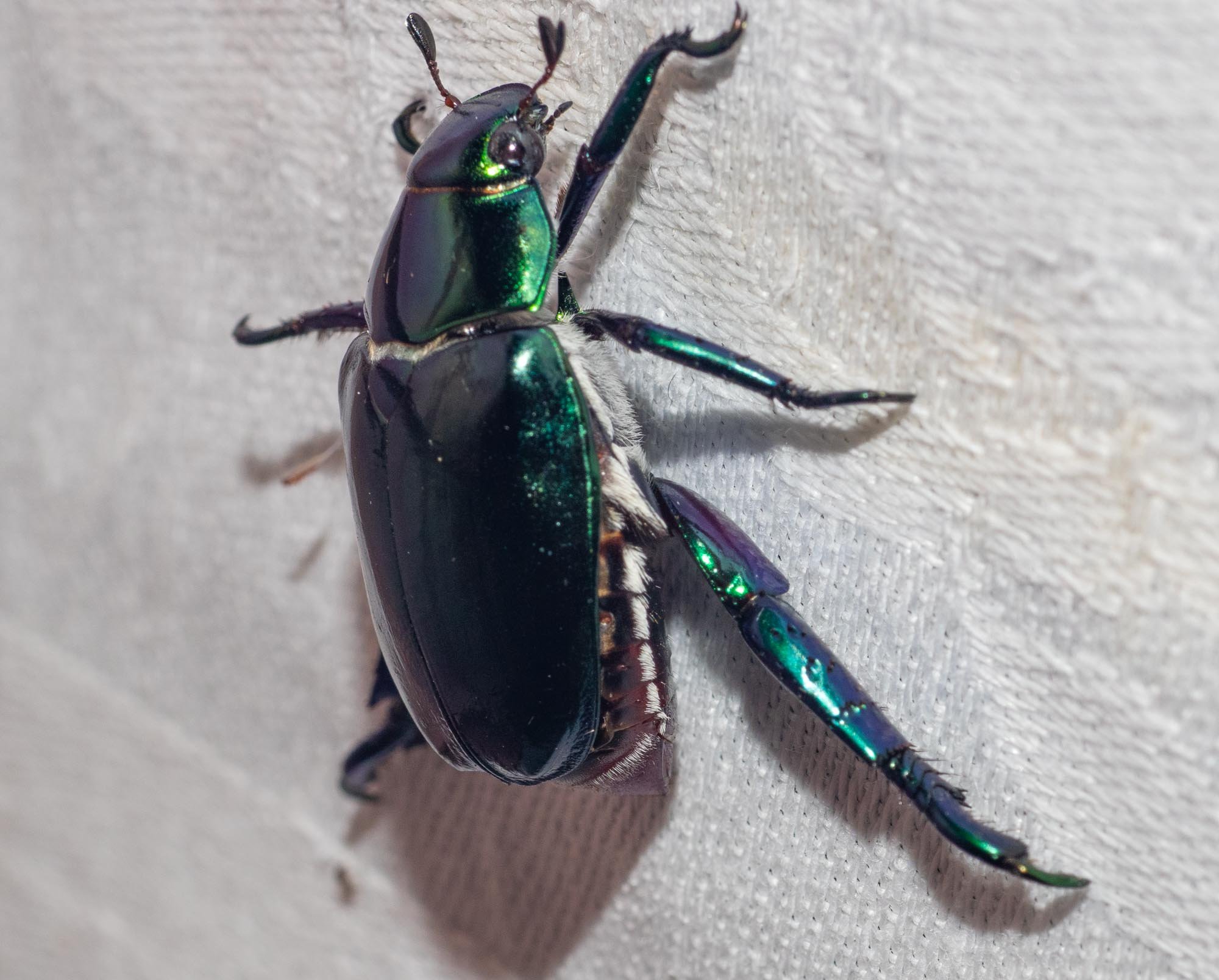
shining leaf chafer
Repsimus aenus … glorious colour, and with very long back legs
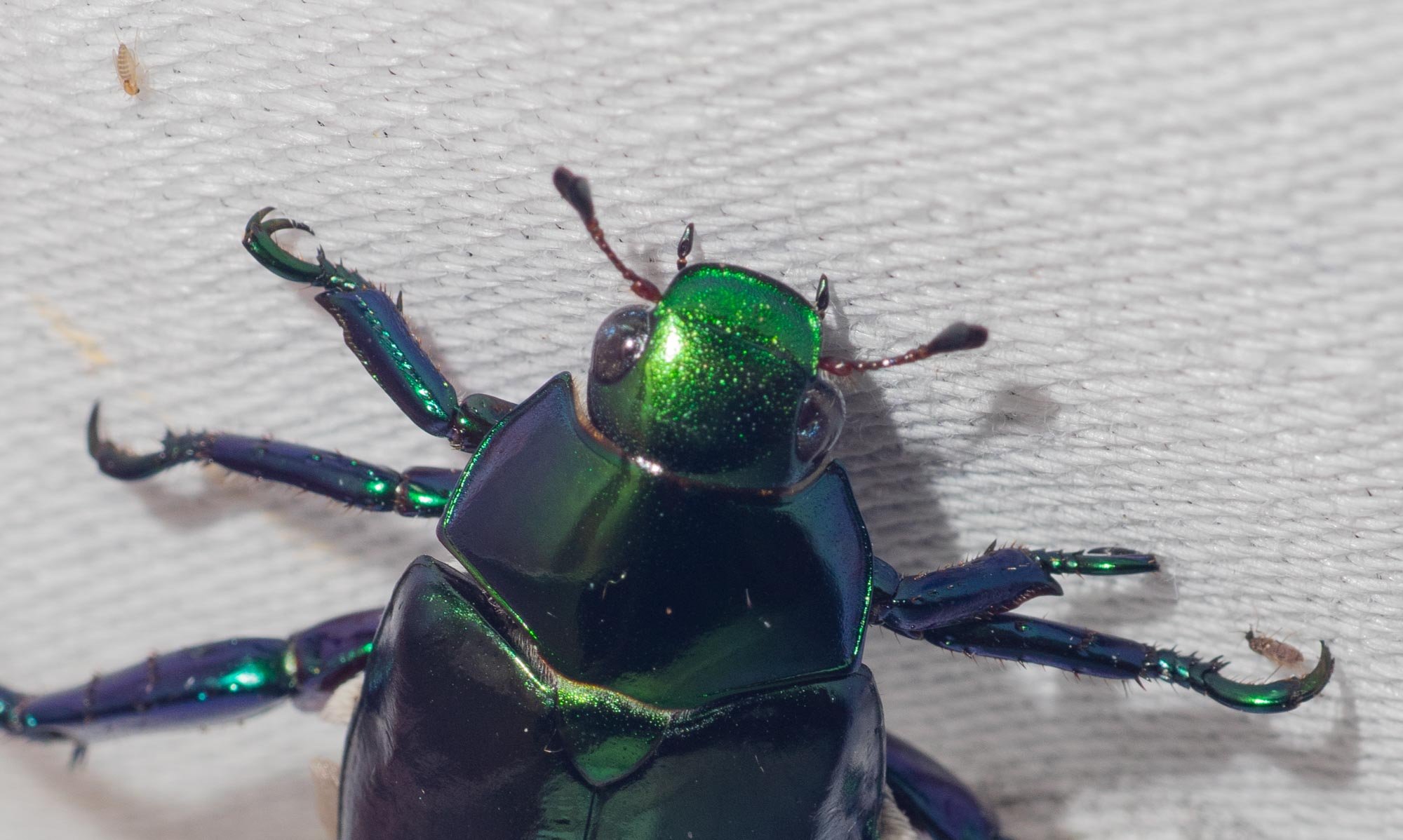
shining leaf chafer
Repsimus aenus … a rather special sighting.

flat-faced longhorn beetle
Oricopis umbrosus … at least, I think it is. Beetles in this family can be a challenge to identify.
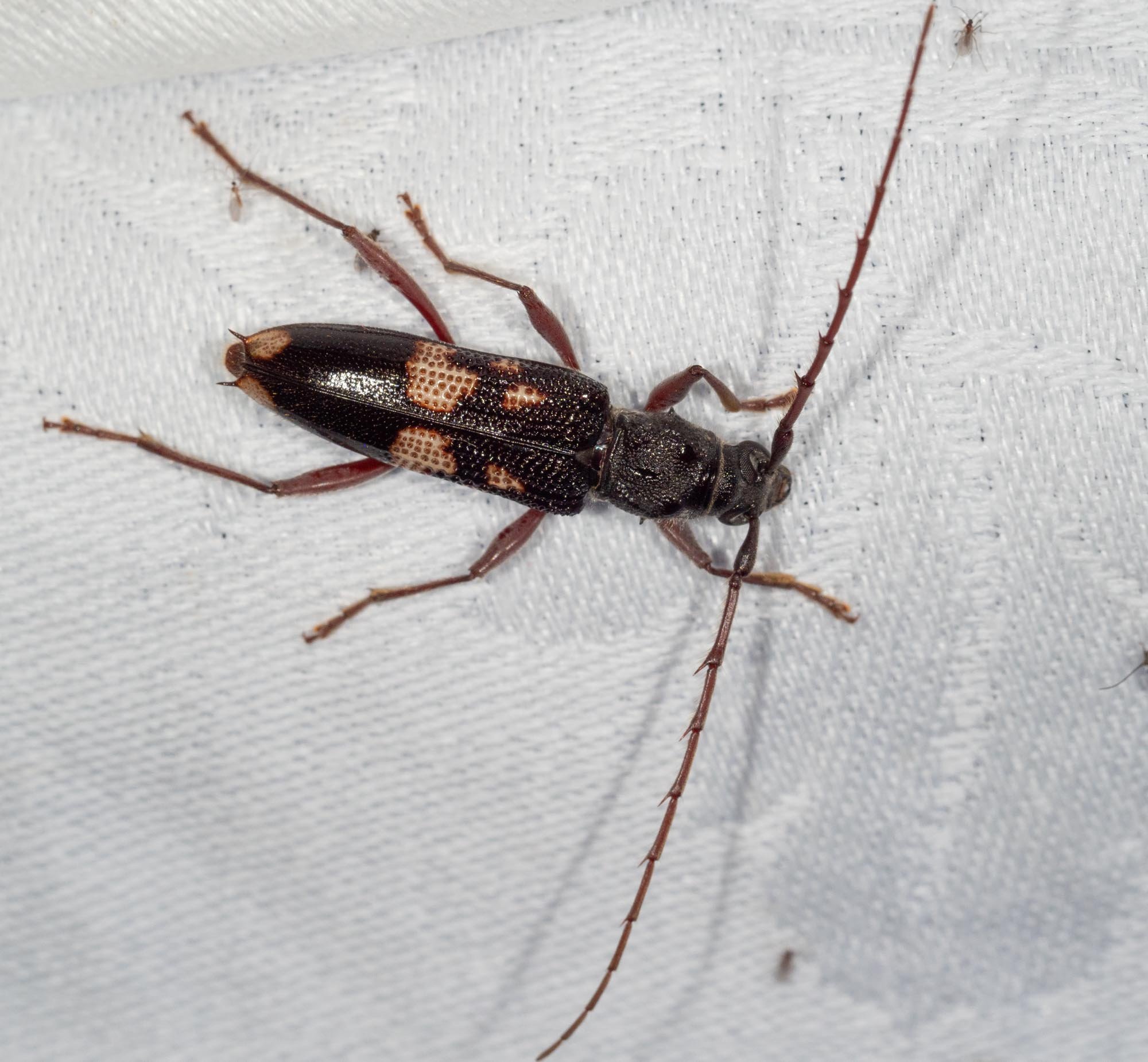
Eucalyptus longhorn beetle
Phoracantha punctata … the larvae of most Phoracantha feed on dead or dying eucalypts.

tiger beetle
Myriochila semicincta … a ferocious predator, this one usually found on tree trunks near flowing creeks.
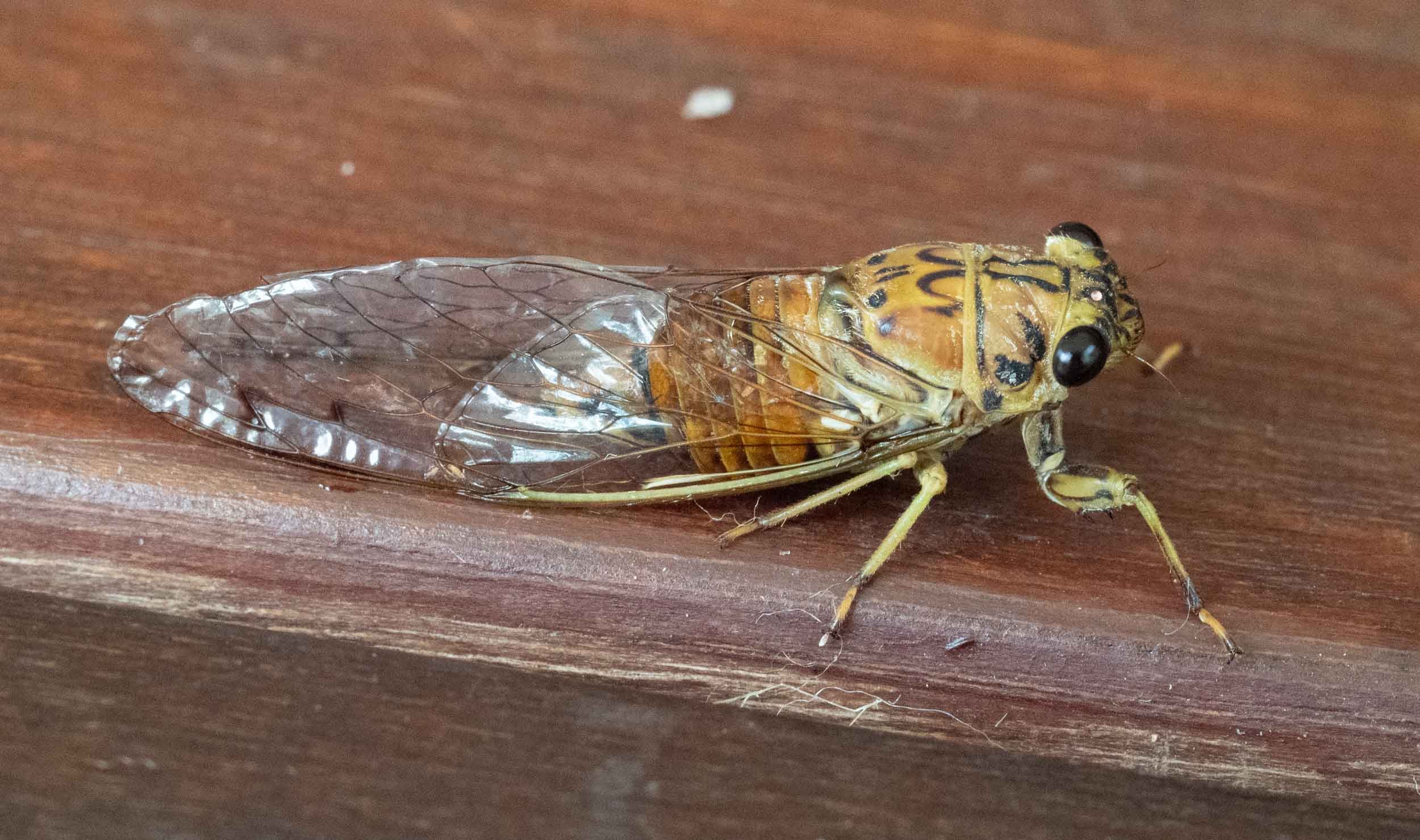
Brown Bunyip cicada
Tamasa tristigma … a species most common in coastal regions between Sydney and Brisbane
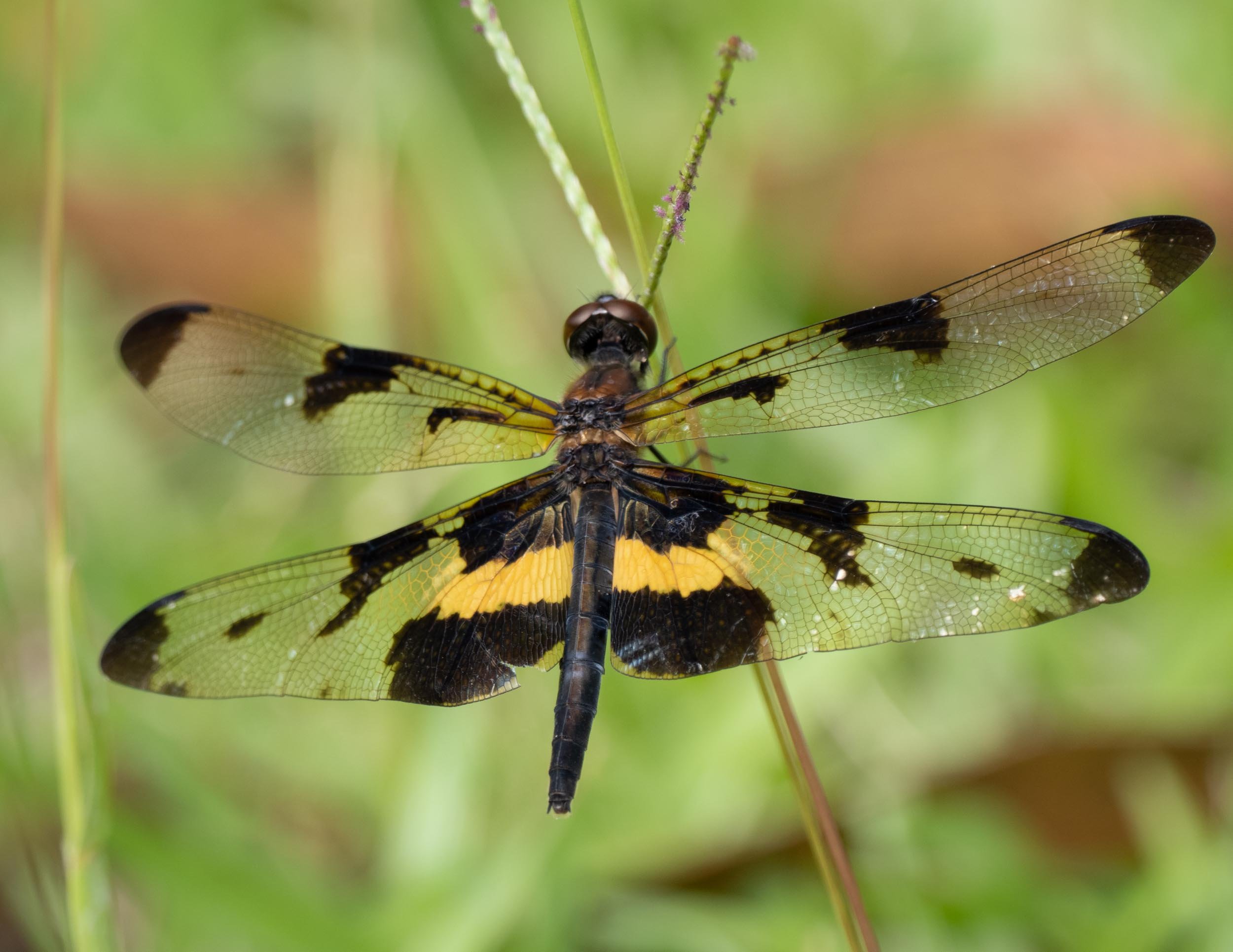
Yellow-striped Flutterer dragonfly
Rhyothemis phyllis, living up to its name in constant, fluttering flight. It was a rare treat to spot one perching after rain.
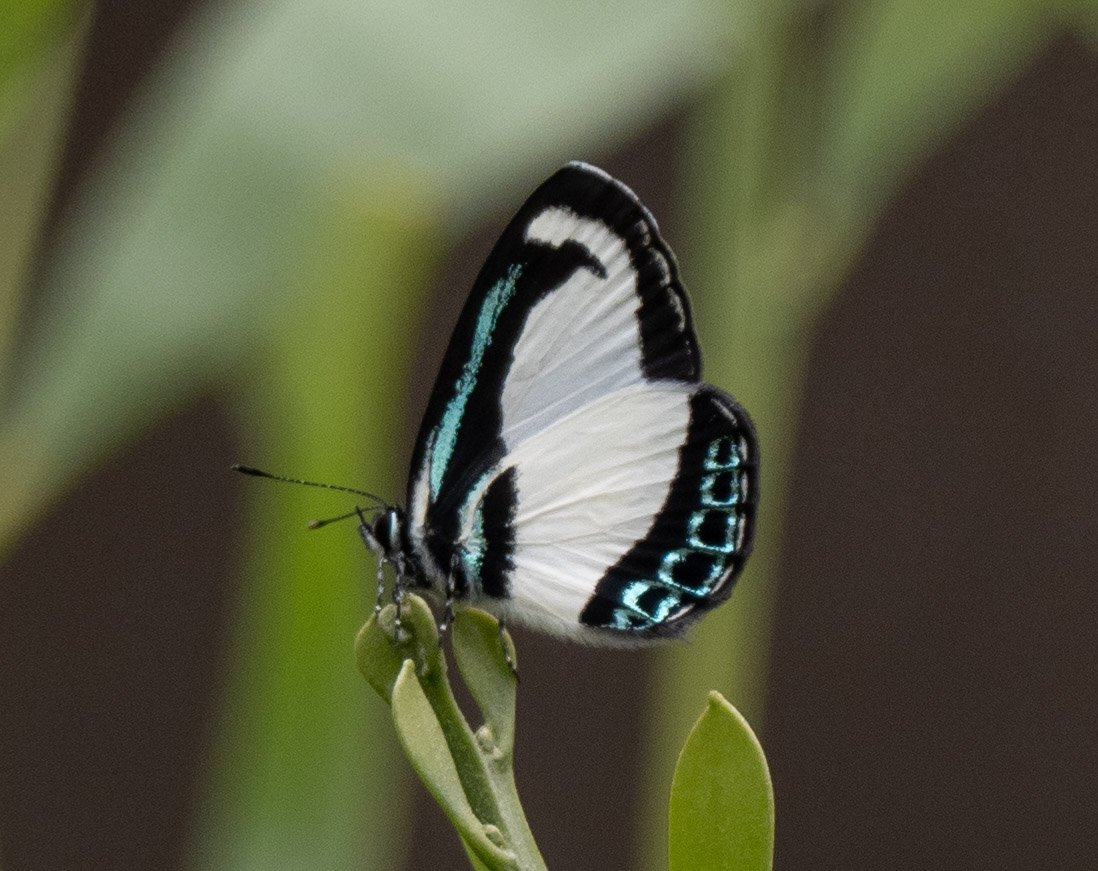
Small Green Banded Blue butterfly
Psychonotis caelius. One of several small blue species rarely landing but filling the air with colour.
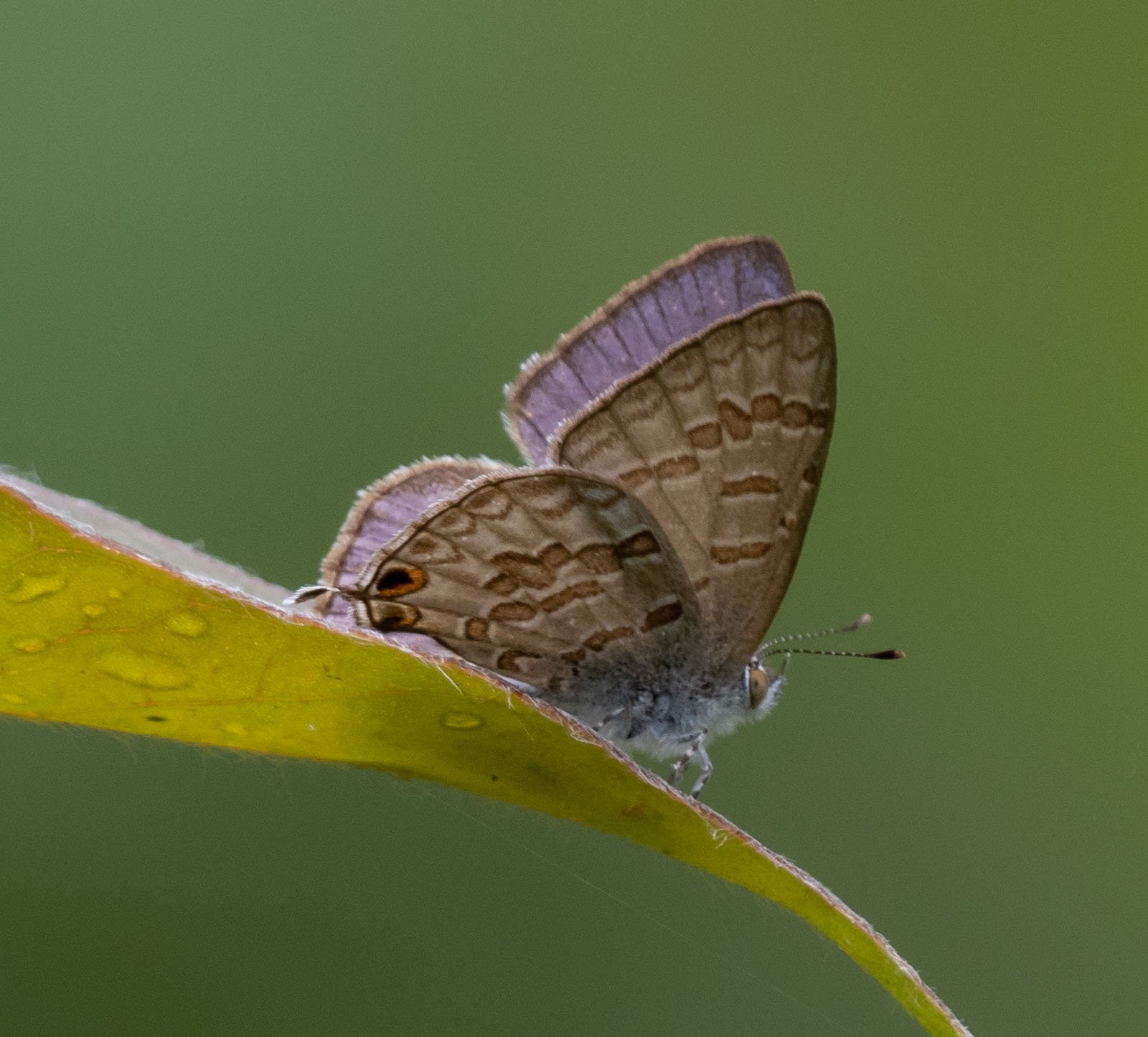
Speckled Line-Blue butterfly
Catopyrops florinda, not an uncommon species but one with particular habitat preferences … including rainforest edges.
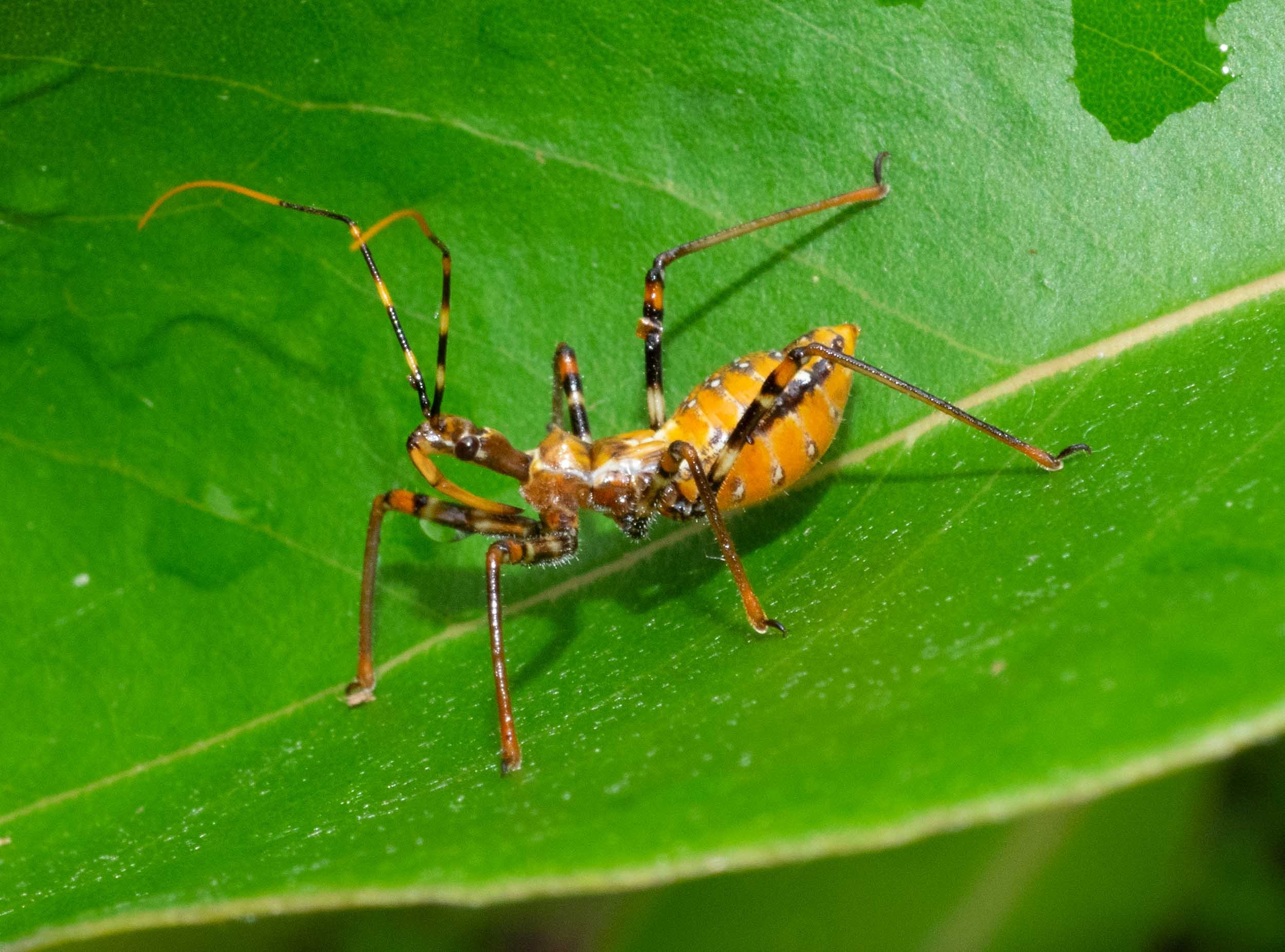
assassin bug
Pristhesancus plagipennis, a predator of various insects … including stink bugs.
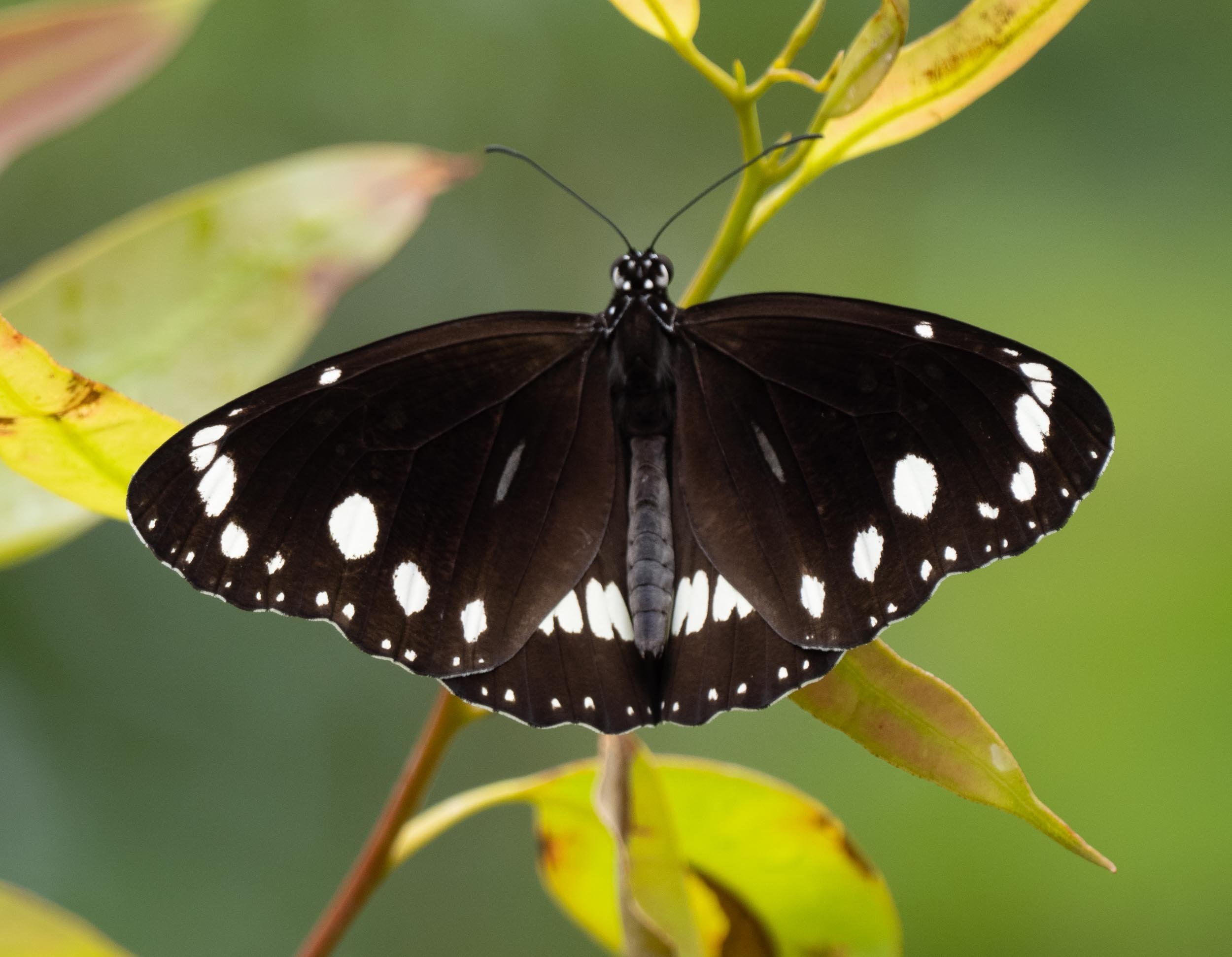
Common Crow butterfly
Euploea core … widespread throughout Asia and northern Australia, this species is protected from predators. It is quite inedible due to the chemicals extracted from food during the caterpillar stage.

potter wasp
Despite its striking appearance, I’ve yet to come up with an identification. It probably builds a mud nest, but just where and what shape I can only guess.
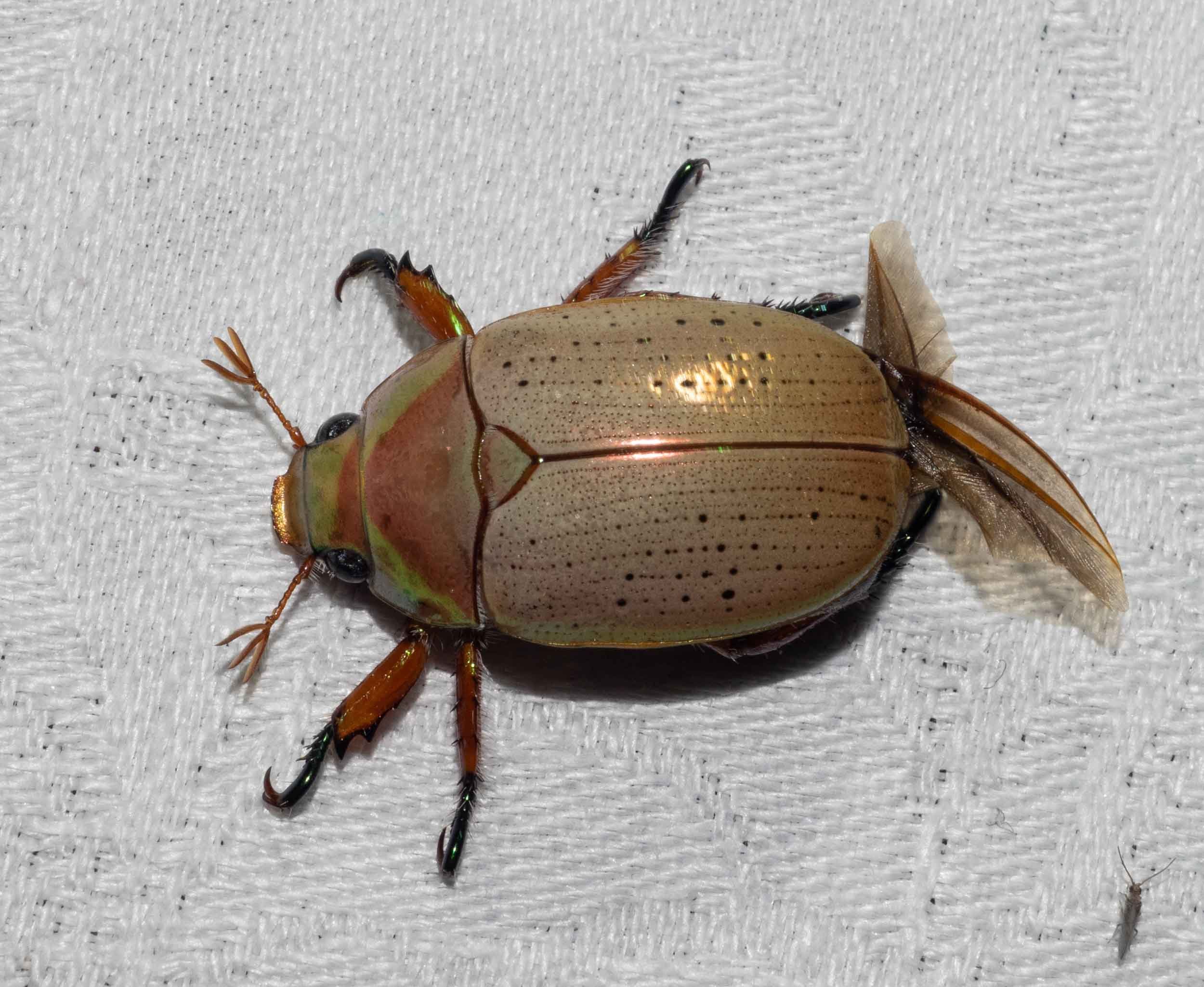
Christmas beetle
Anoplognathus porosus, an attractive beetle that typically emerges from the soil in late December in eastern Australia. It is a familiar sight in our southern forest too.
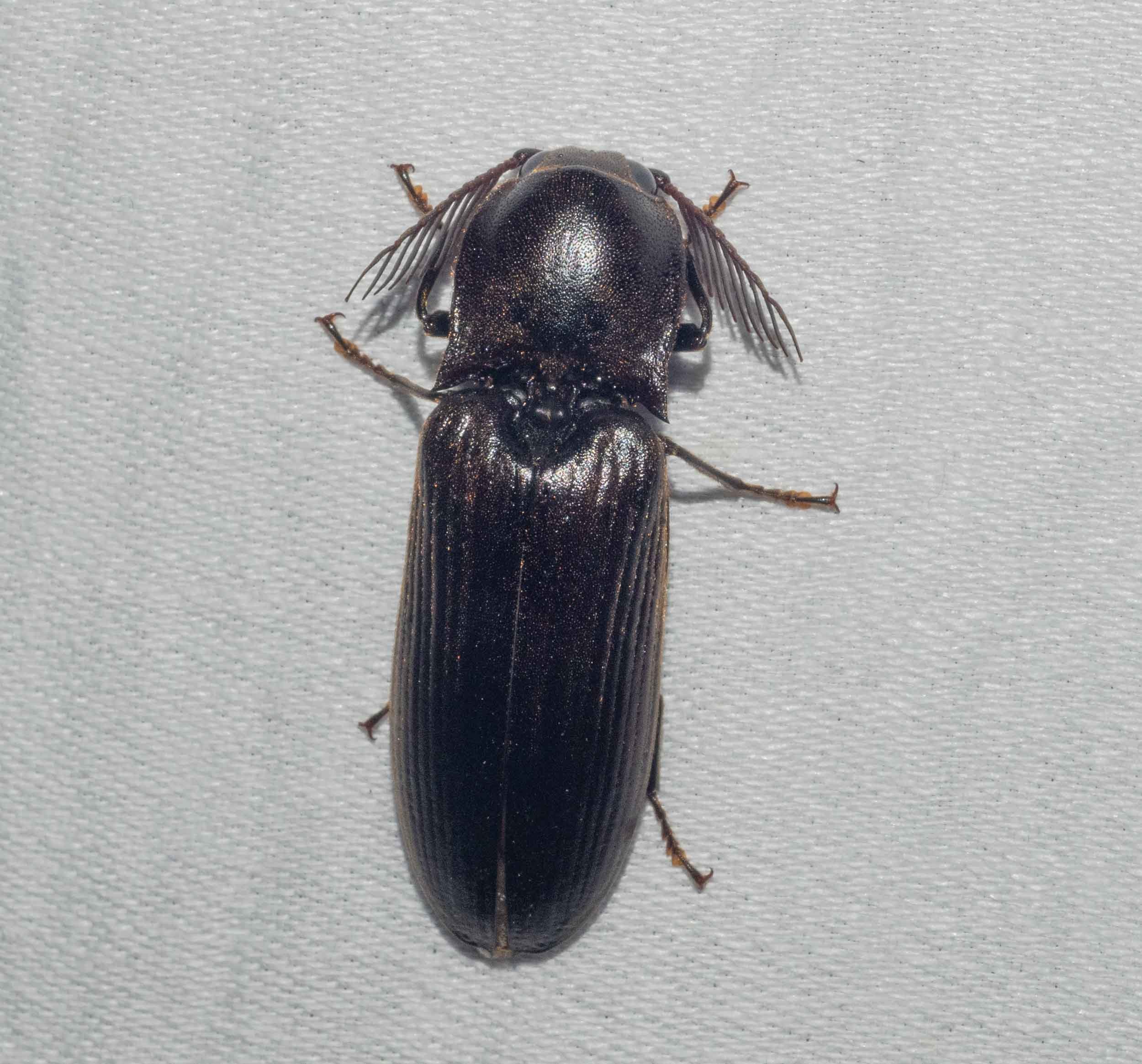
click beetle
This large beetle was one of many beetles attracted to the light sheet.

stag beetle
Cacostomus squamosus … this rather large, day-active beetle is well camouflaged against this rough-barked tree. Larvae feed on decaying eucalyptus wood.
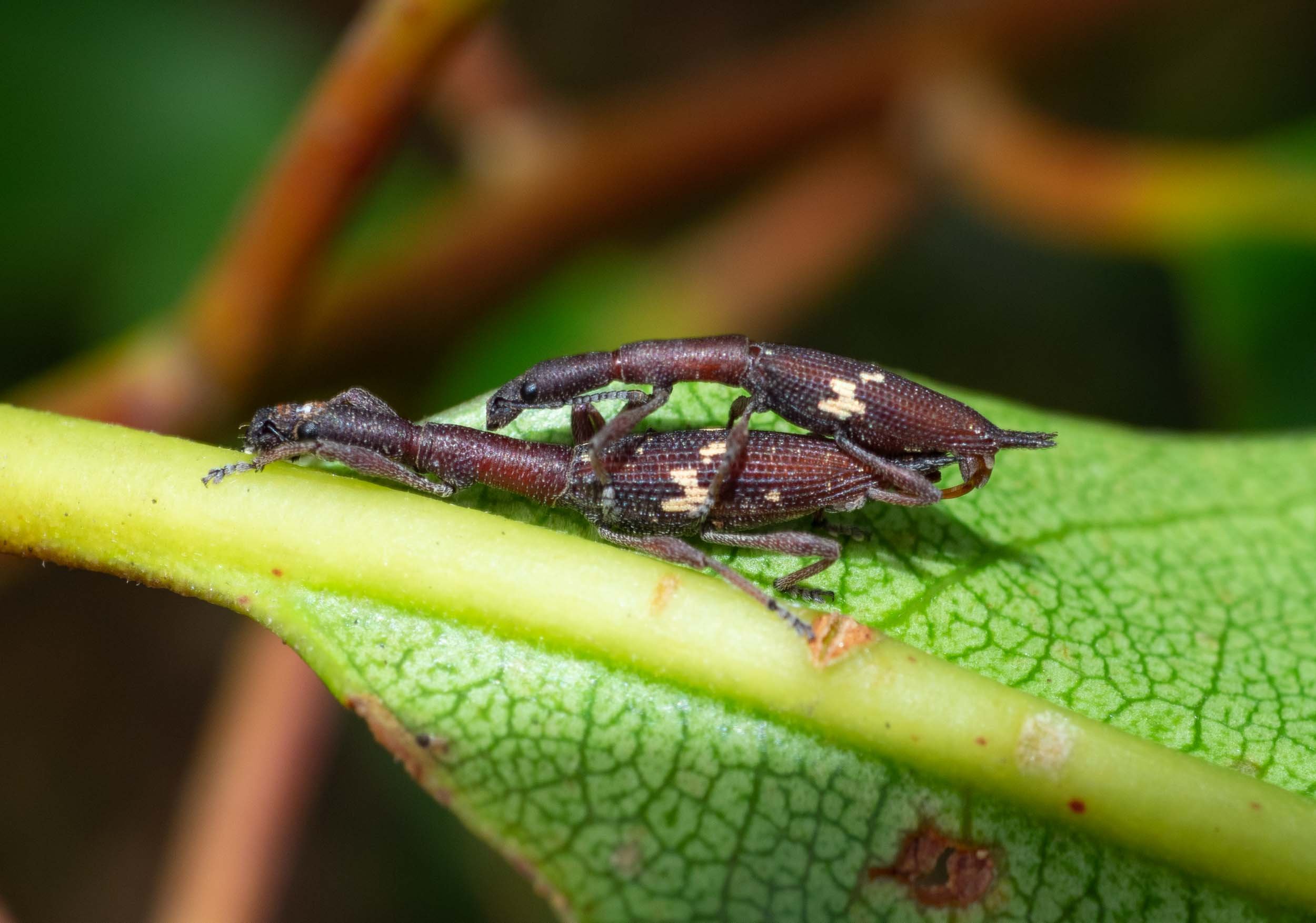
weevils
Rhadinosomus lacordairei … very small and elongated. As with many beetles, mating can be quite protracted as the male monopolises the larger female.
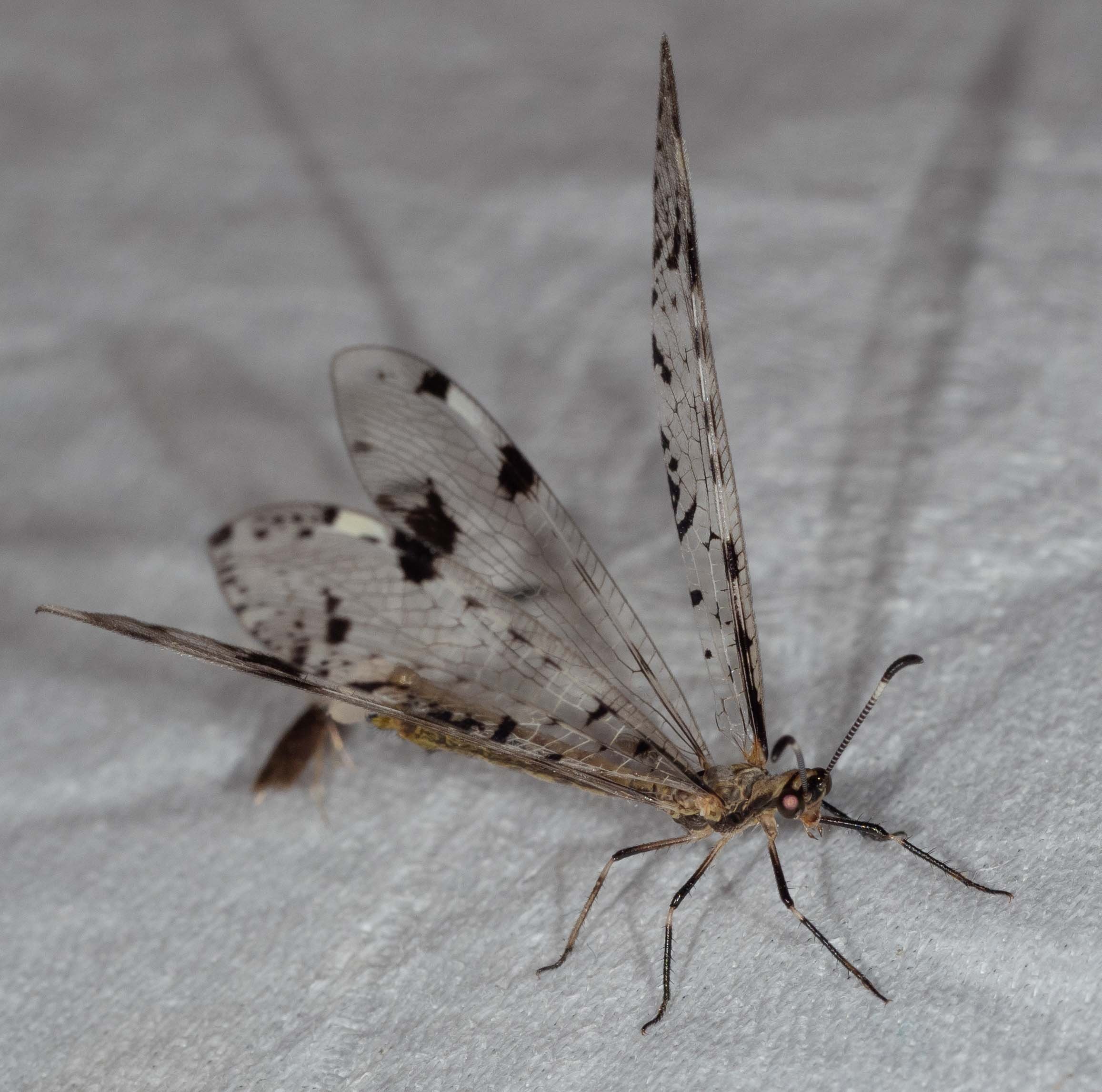
antlion
Riekoleon furcatus

antlion
Myrmeleon acer
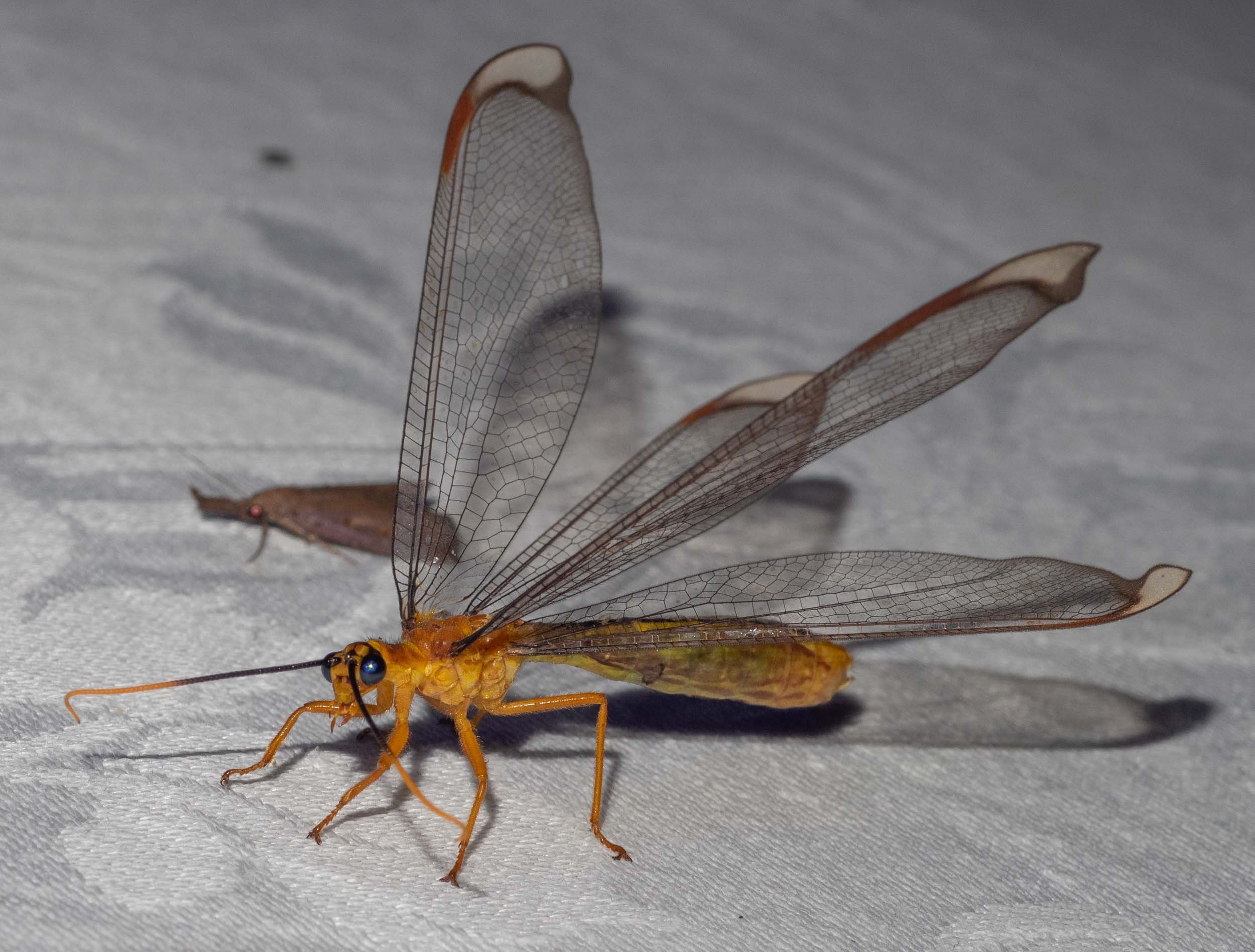
Blue Eyes Lacewing
Nymphes myrmeleonoides
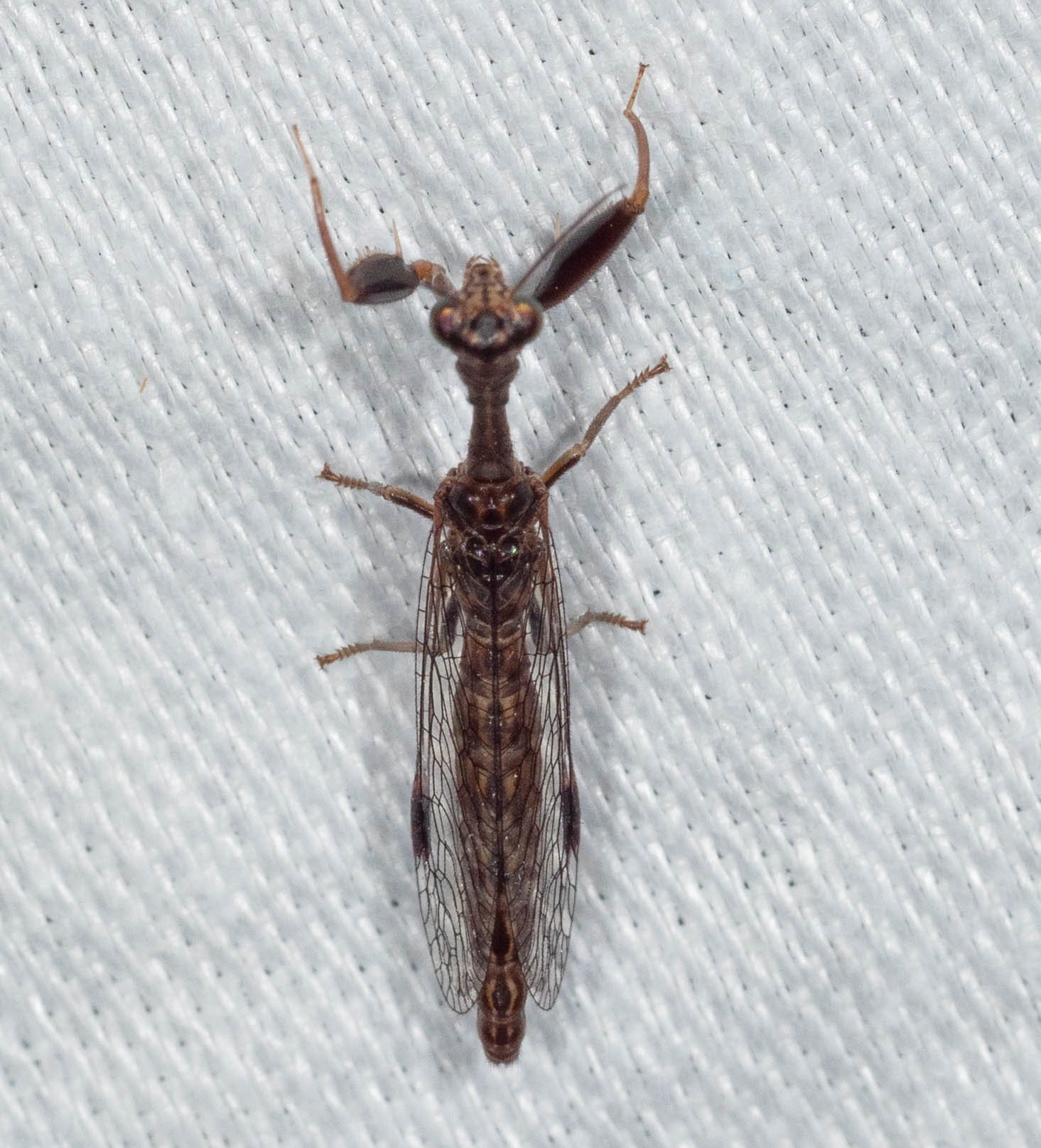
mantidfly lacewing
Theristria stigma
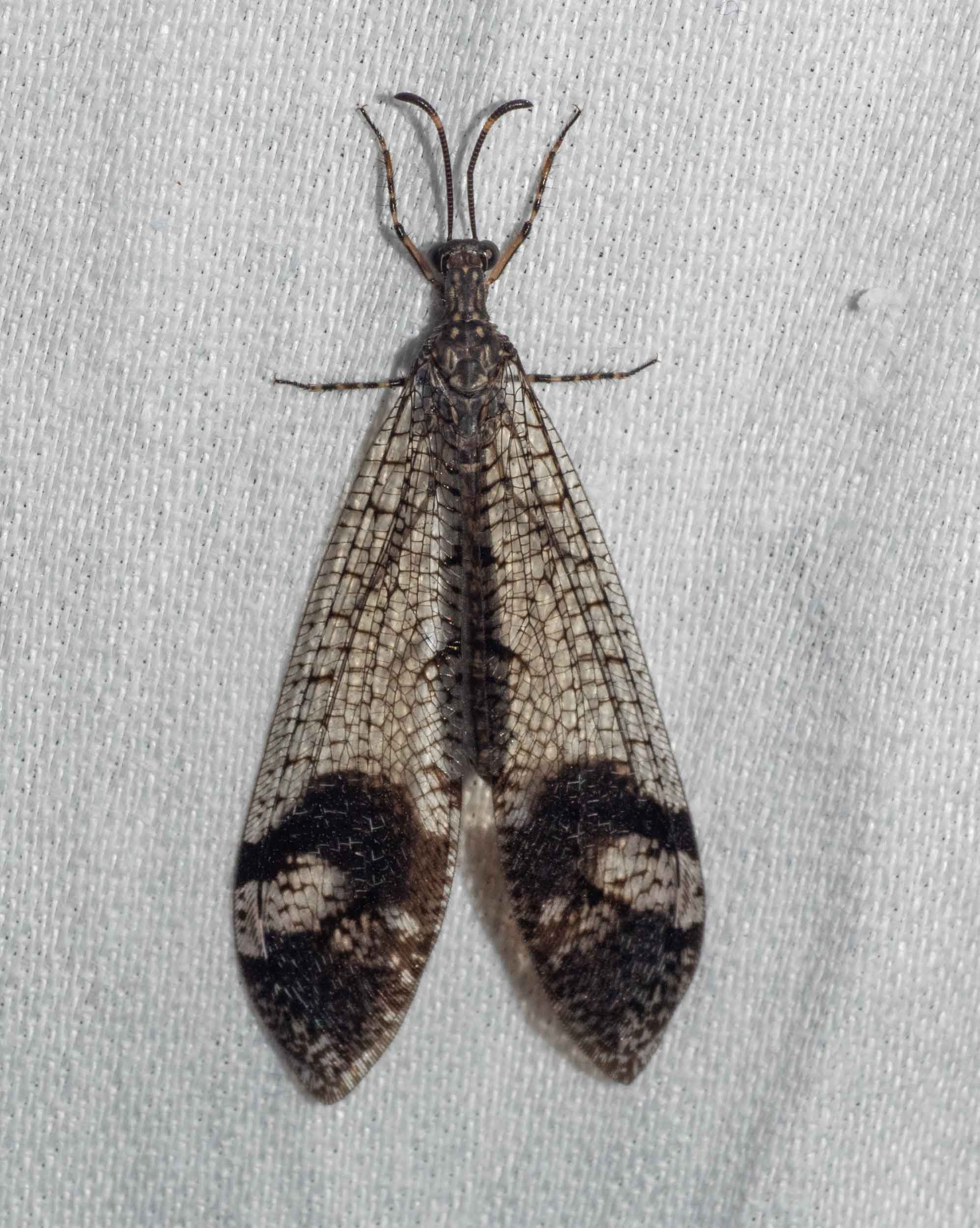
antlion
Glenoleon pulchellus
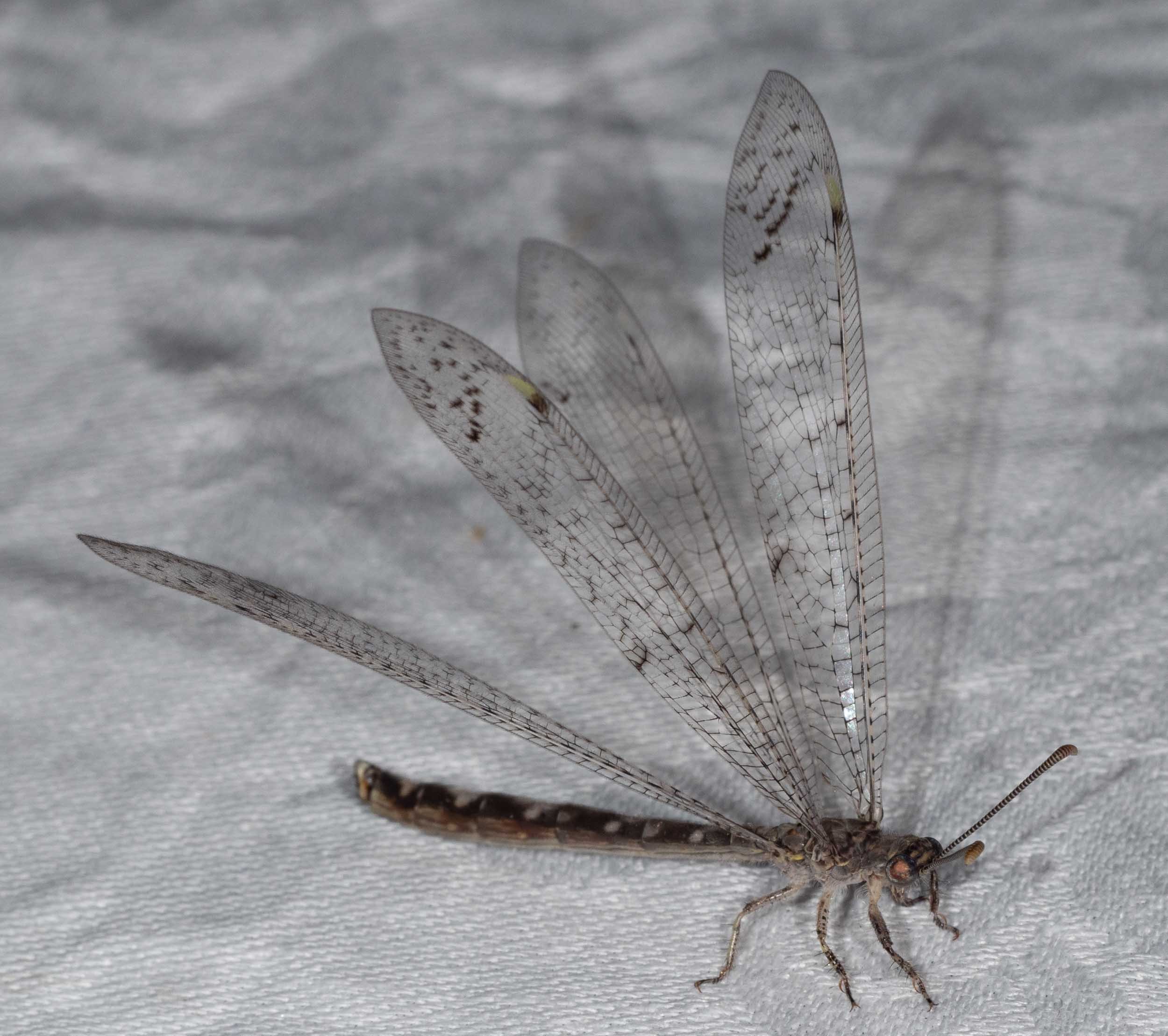
antlion
Bandidus
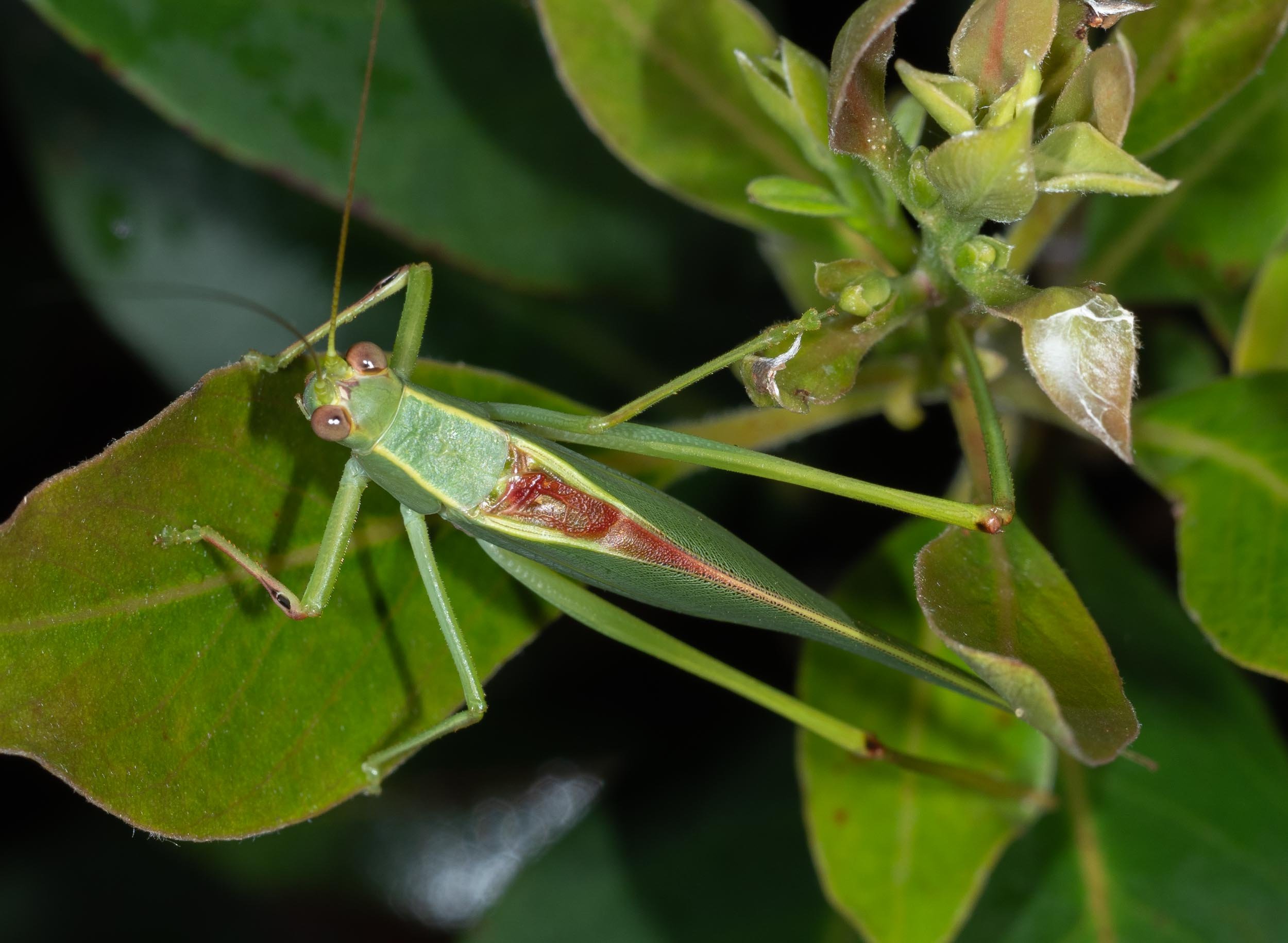
Gum-leaf Katydid
Torbia viridissima
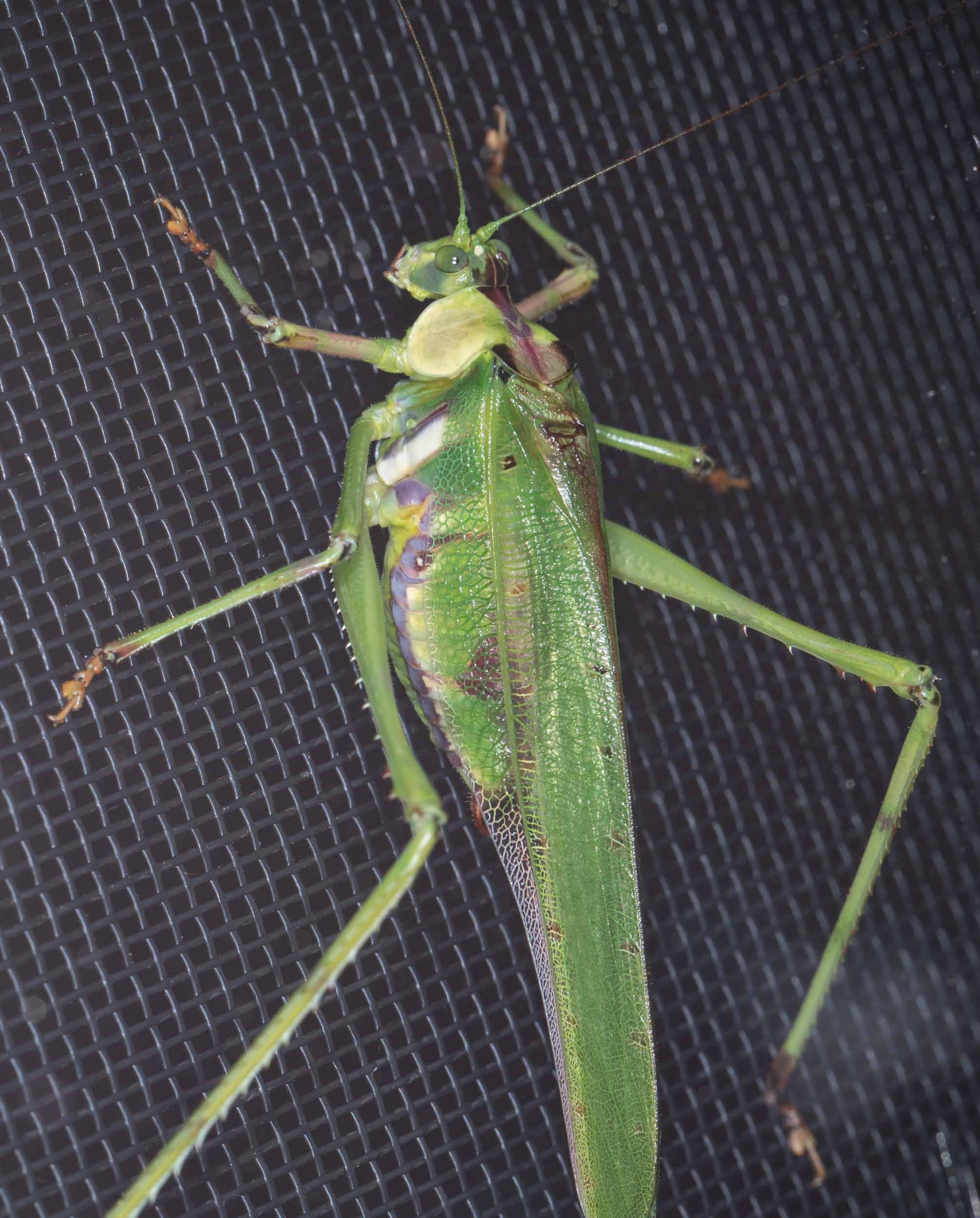
32-Spotted Katydid
Ephippitytha trigintiduoguttata
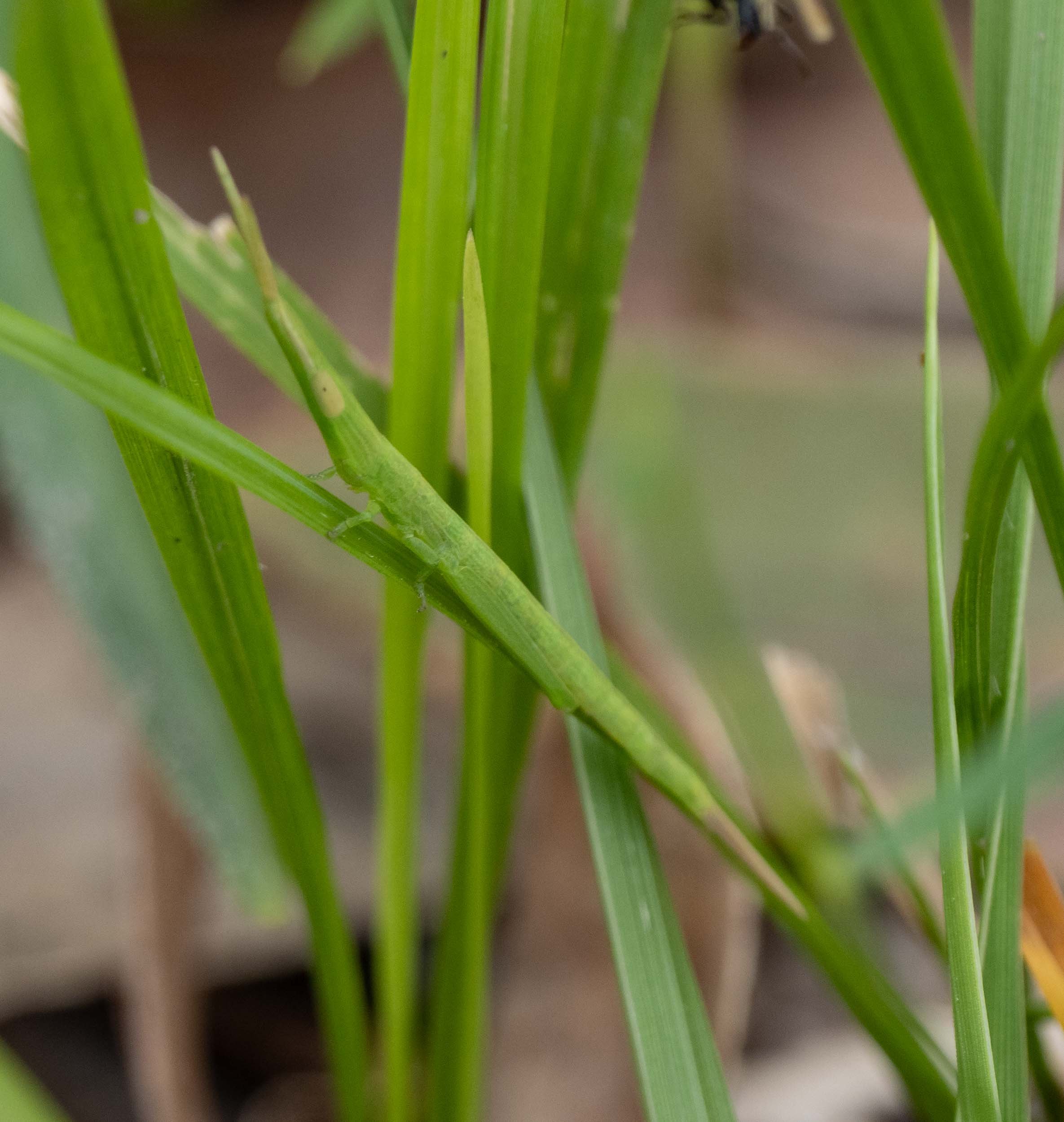
a tiny, cryptic grasshopper
Psednura
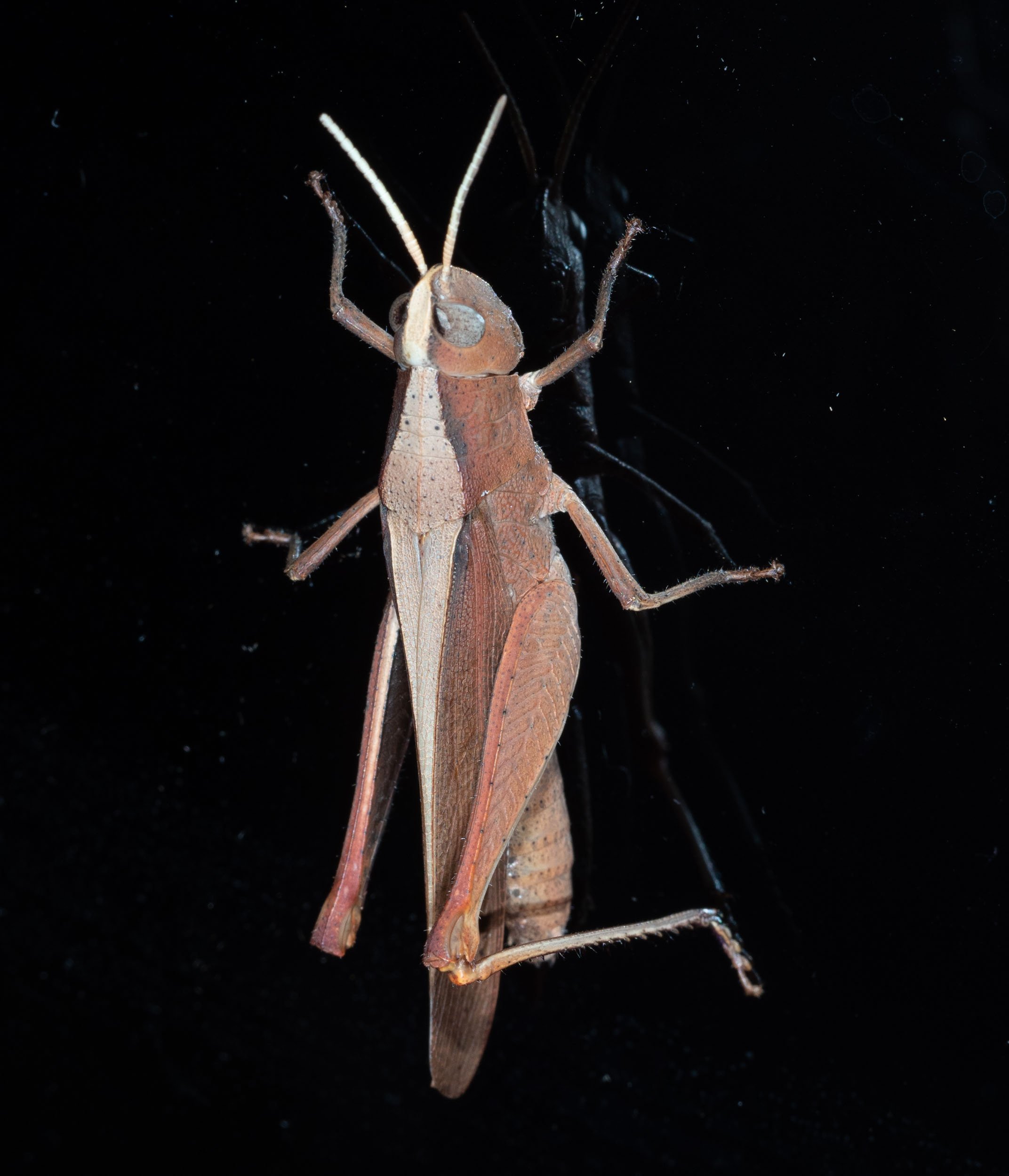
spur-throated grasshopper
Epallia exigua
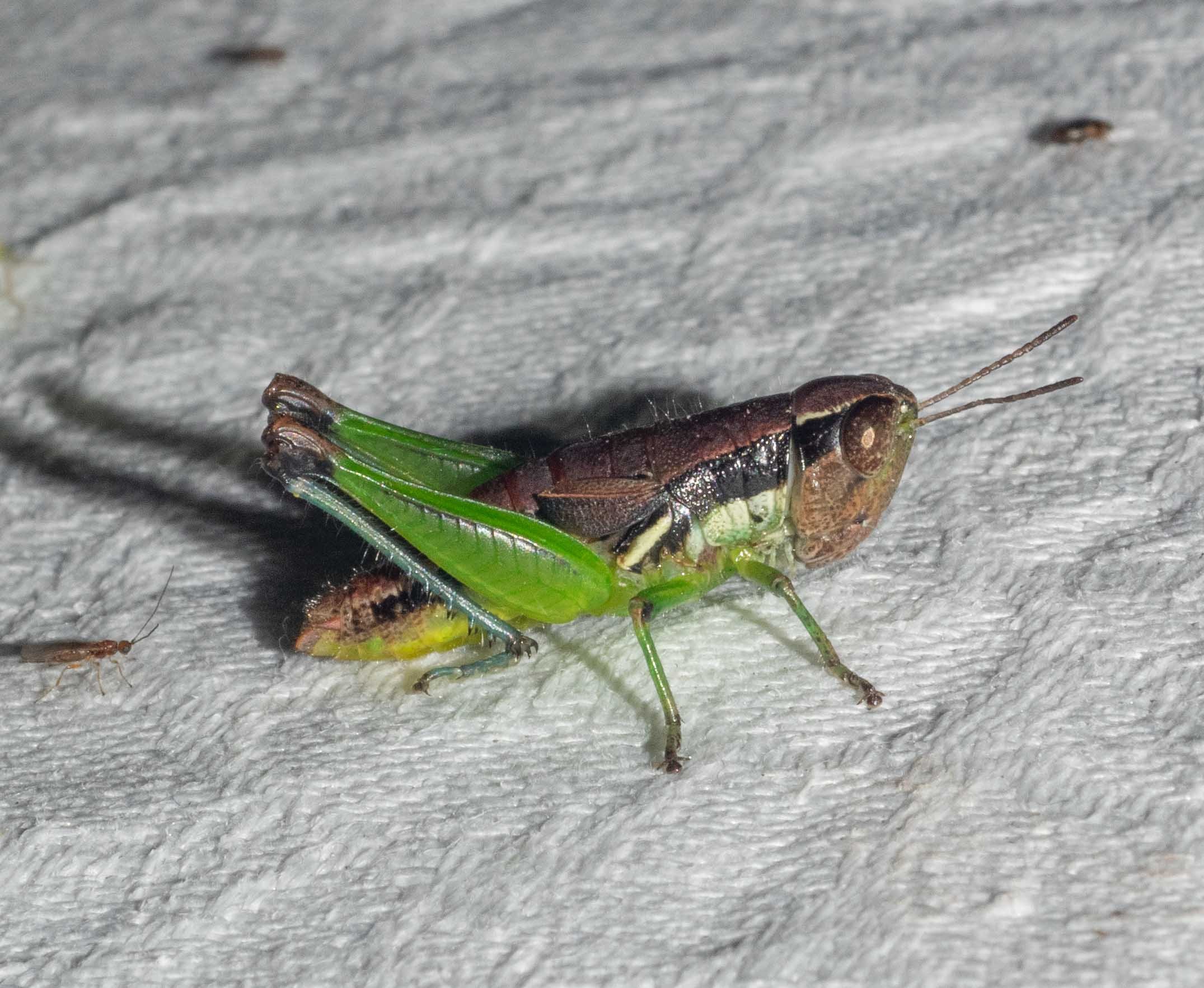
Little Black-Knees grasshopper
Methiolopsis geniculata
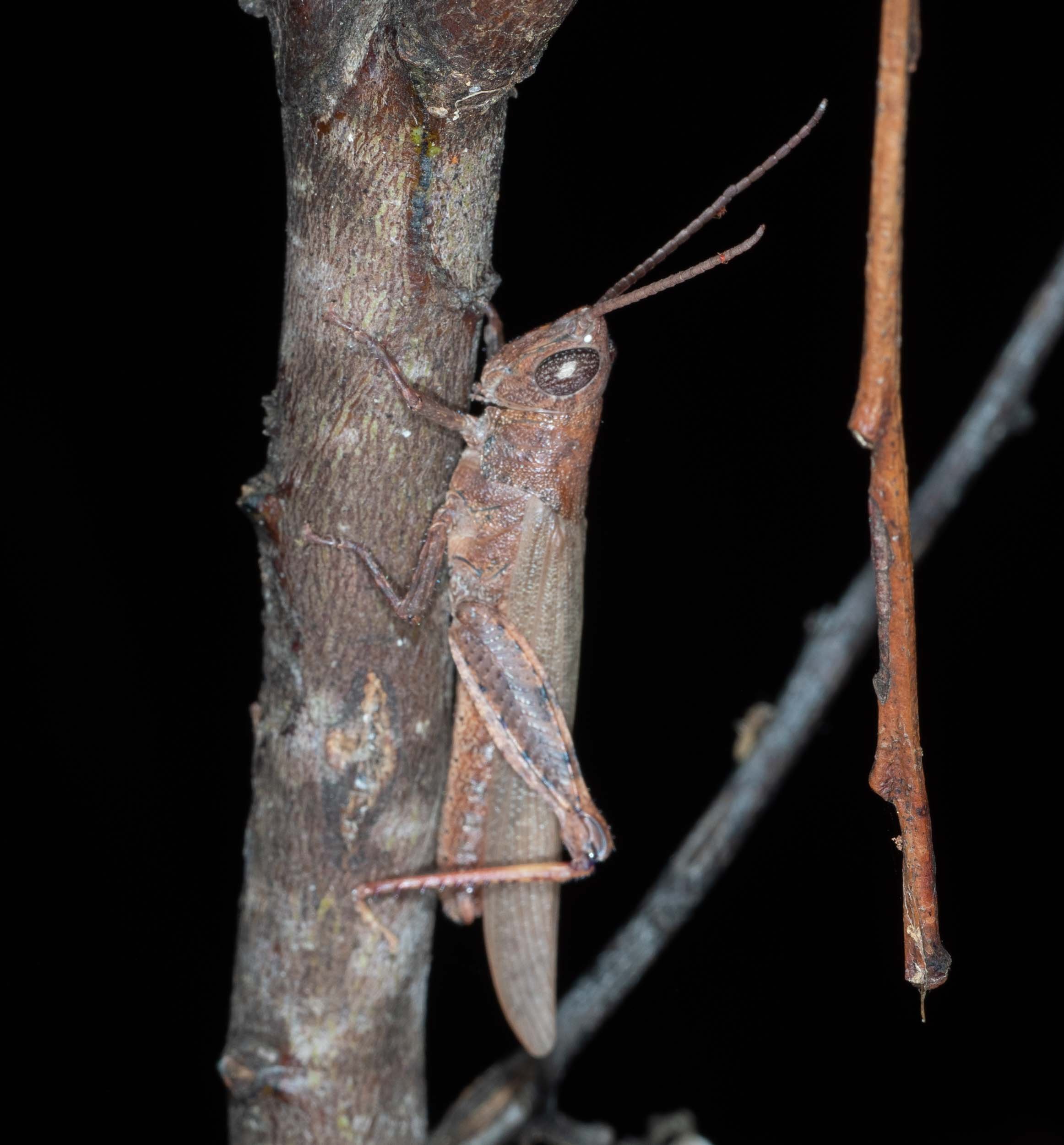
spur-throated grasshopper
Adlappa erythroptera
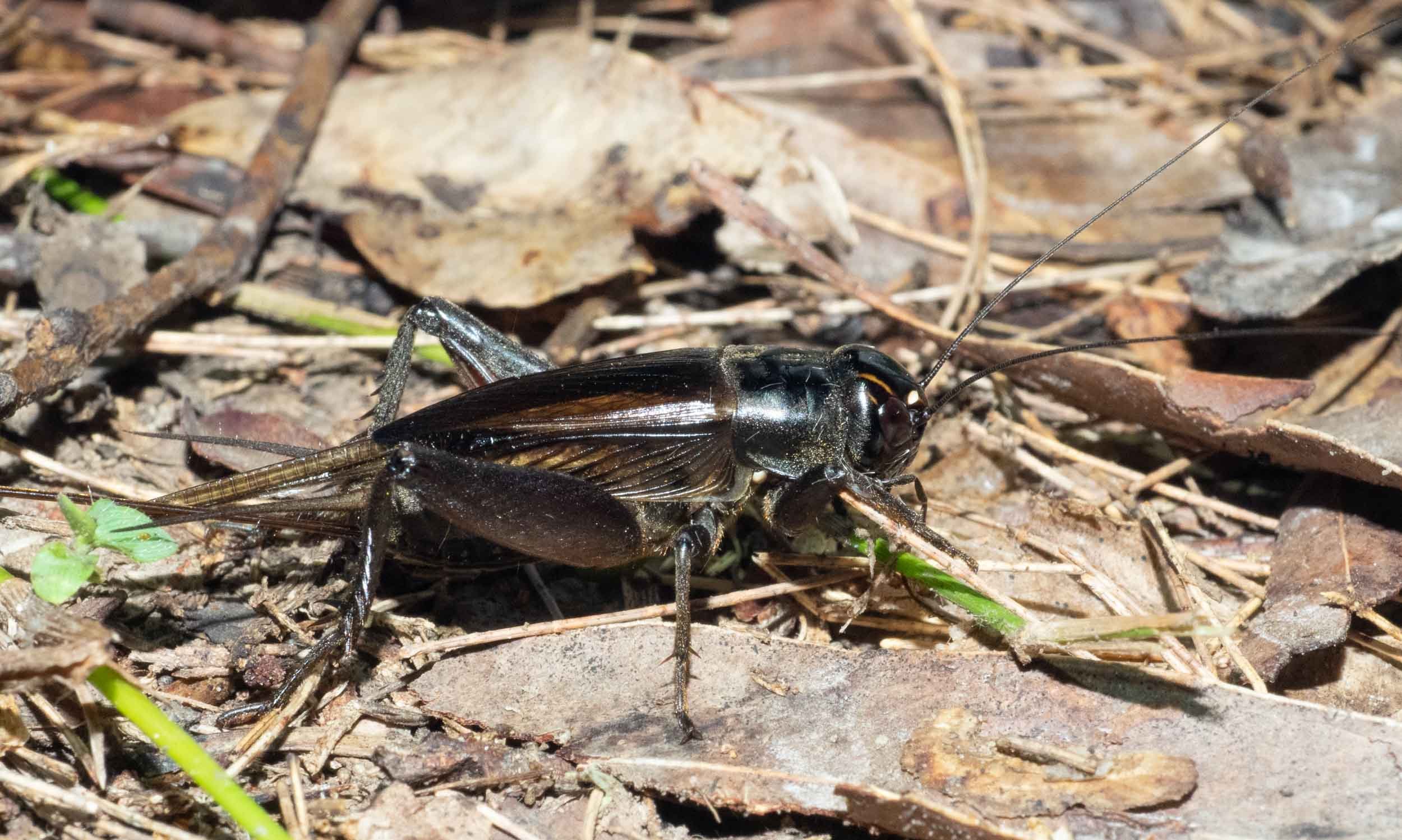
Black Field Cricket
Teleogryllus commodus
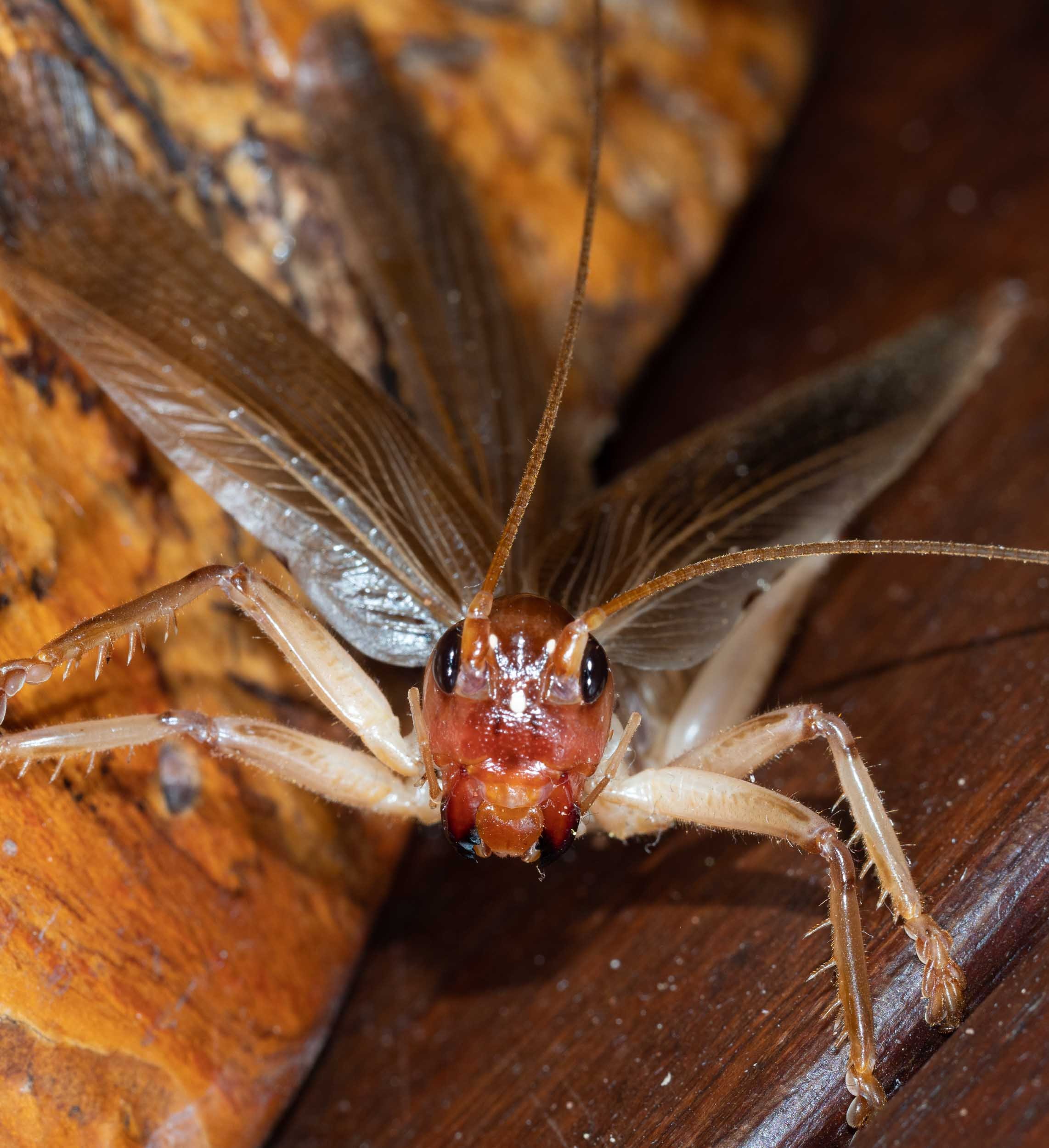
raspy cricket

Tessellated Stick Insect
Anchiale austrotessulata
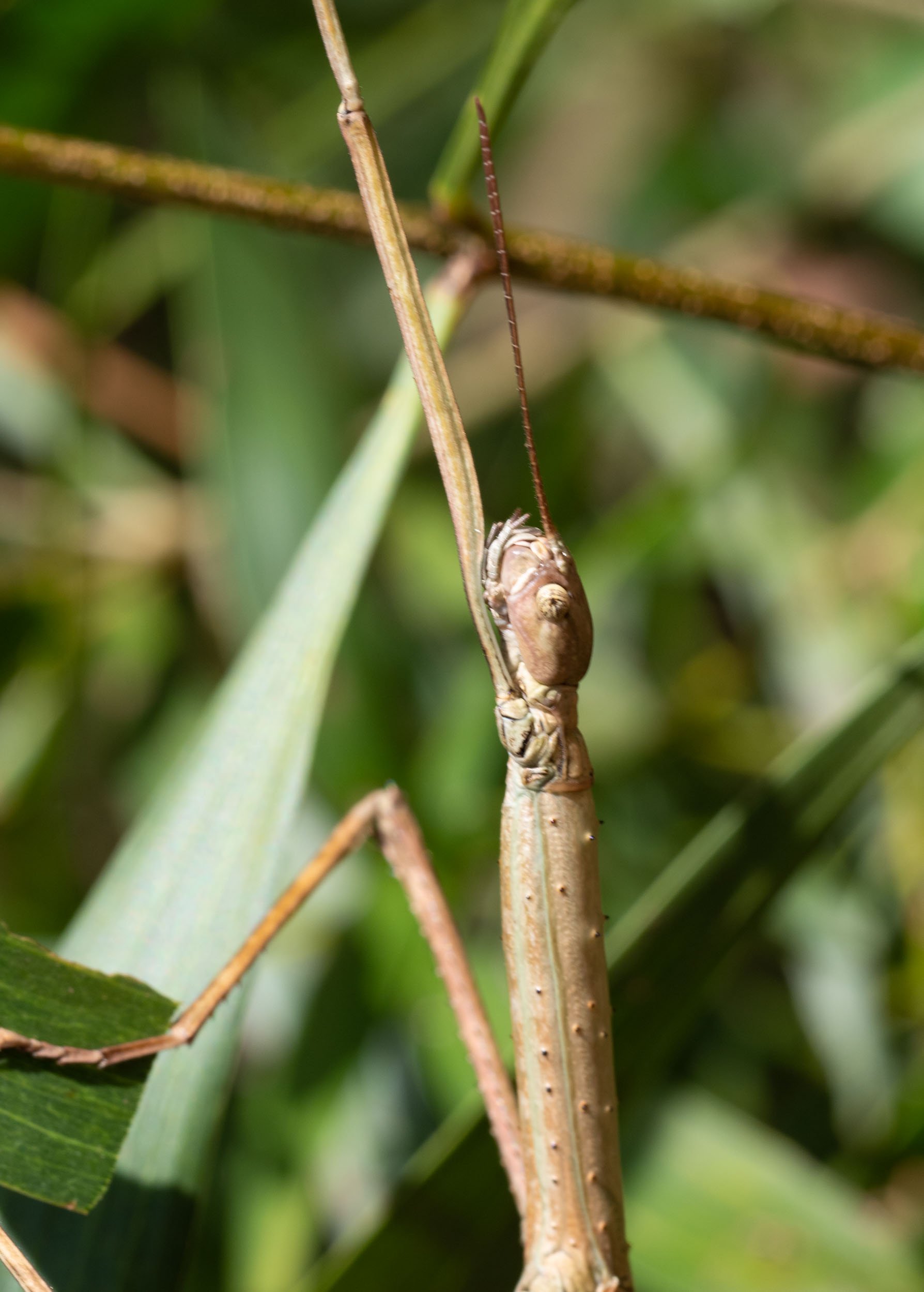
Tesselated Stick Insect - close up
Anchiale austrotessulata
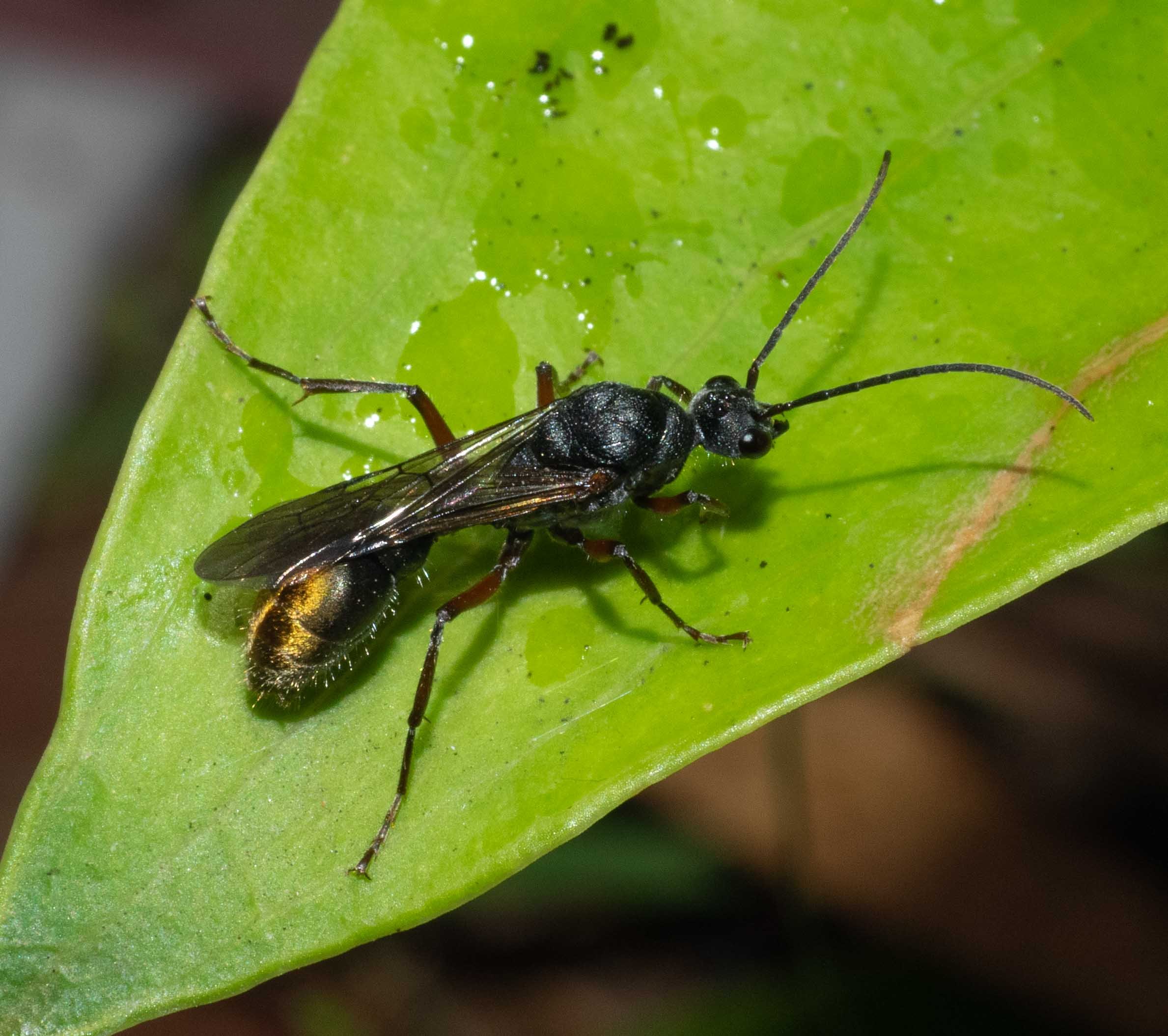
male bull ant
Myrmecia
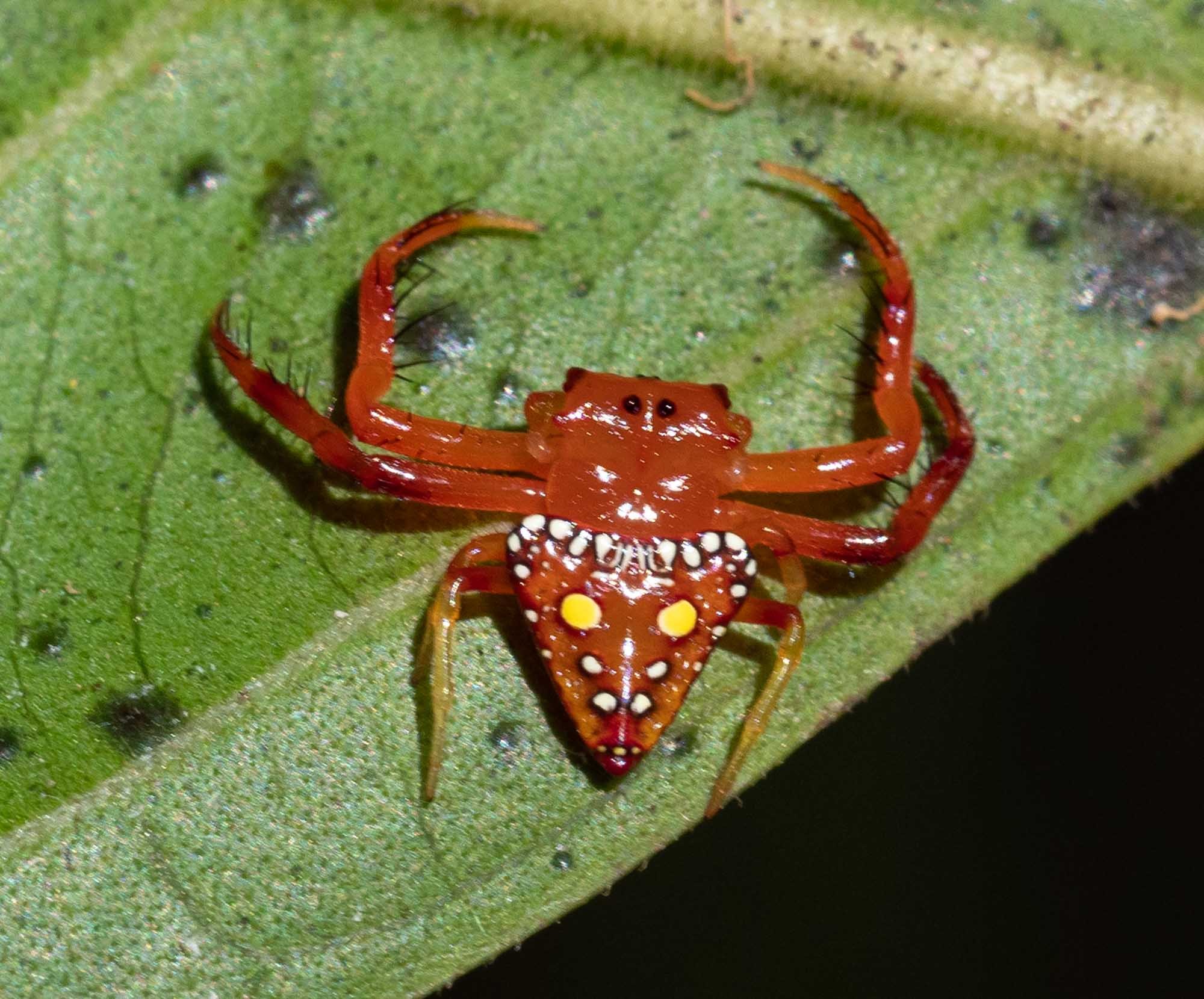
Common Triangular Spider
Arkys lancearius

wrap-around spider
Dolophones
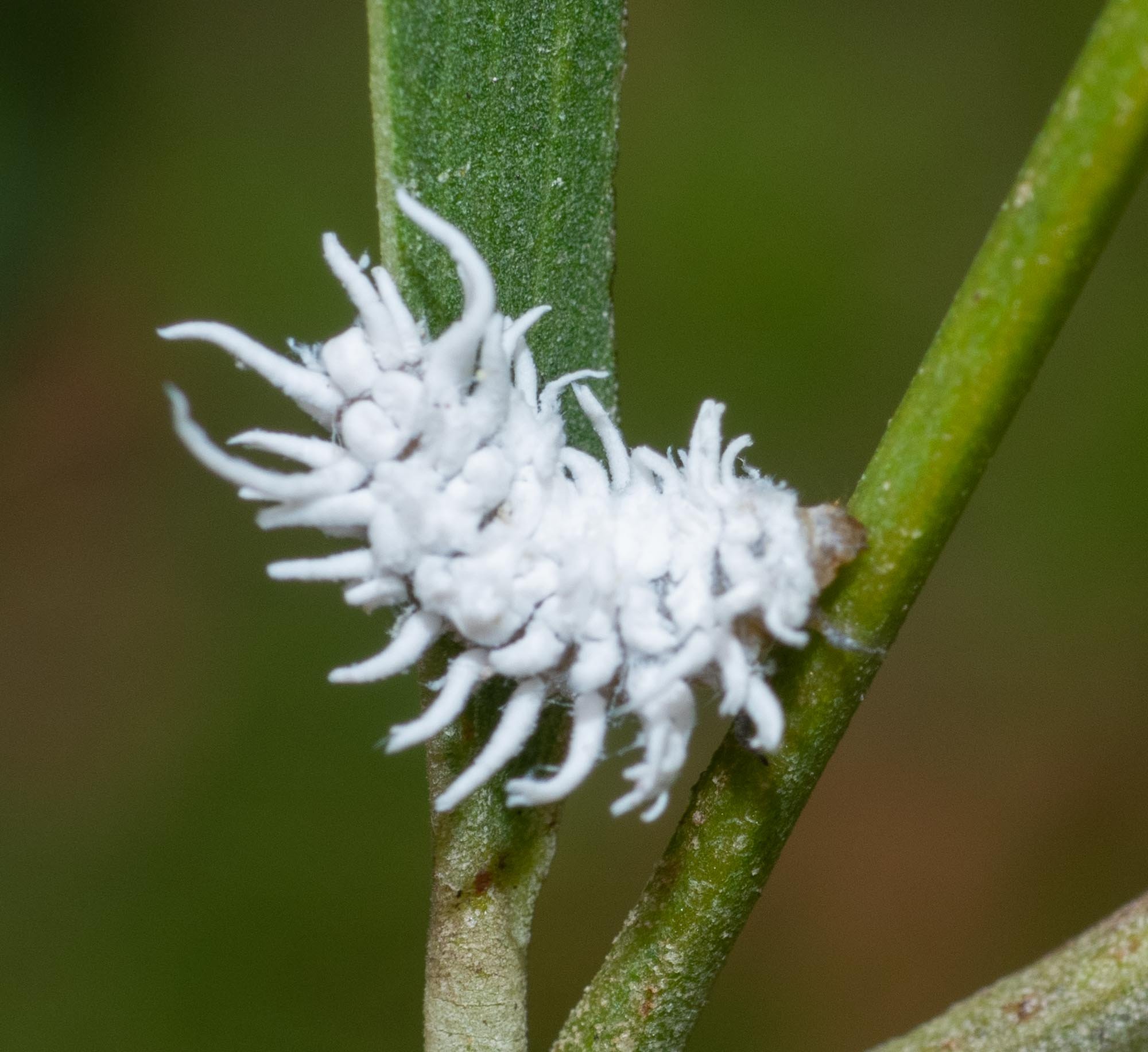
lady beetle larva
Cryptolaemus
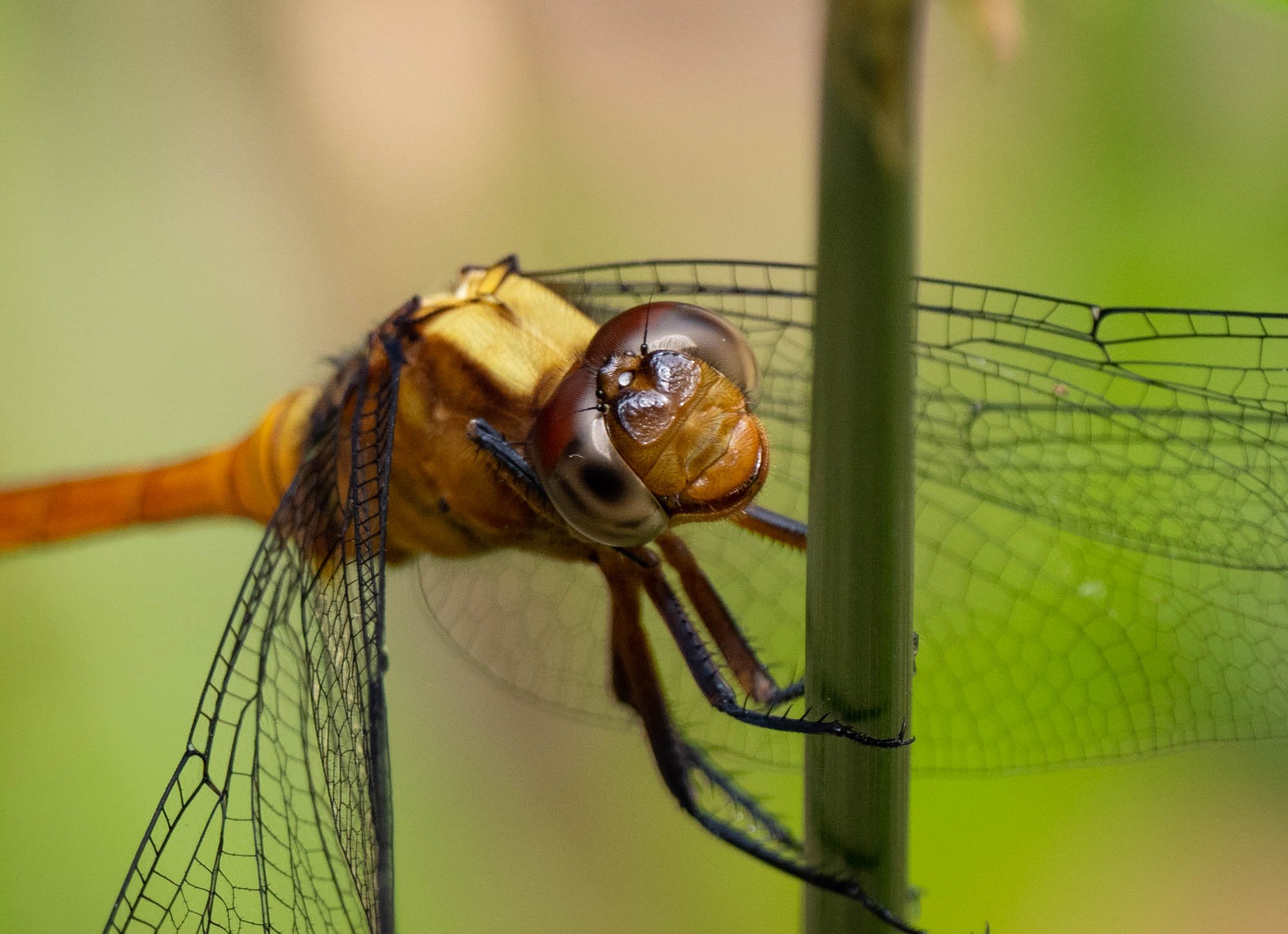
Fiery Skimmer dragonfly
Orthetrum villosovittatum
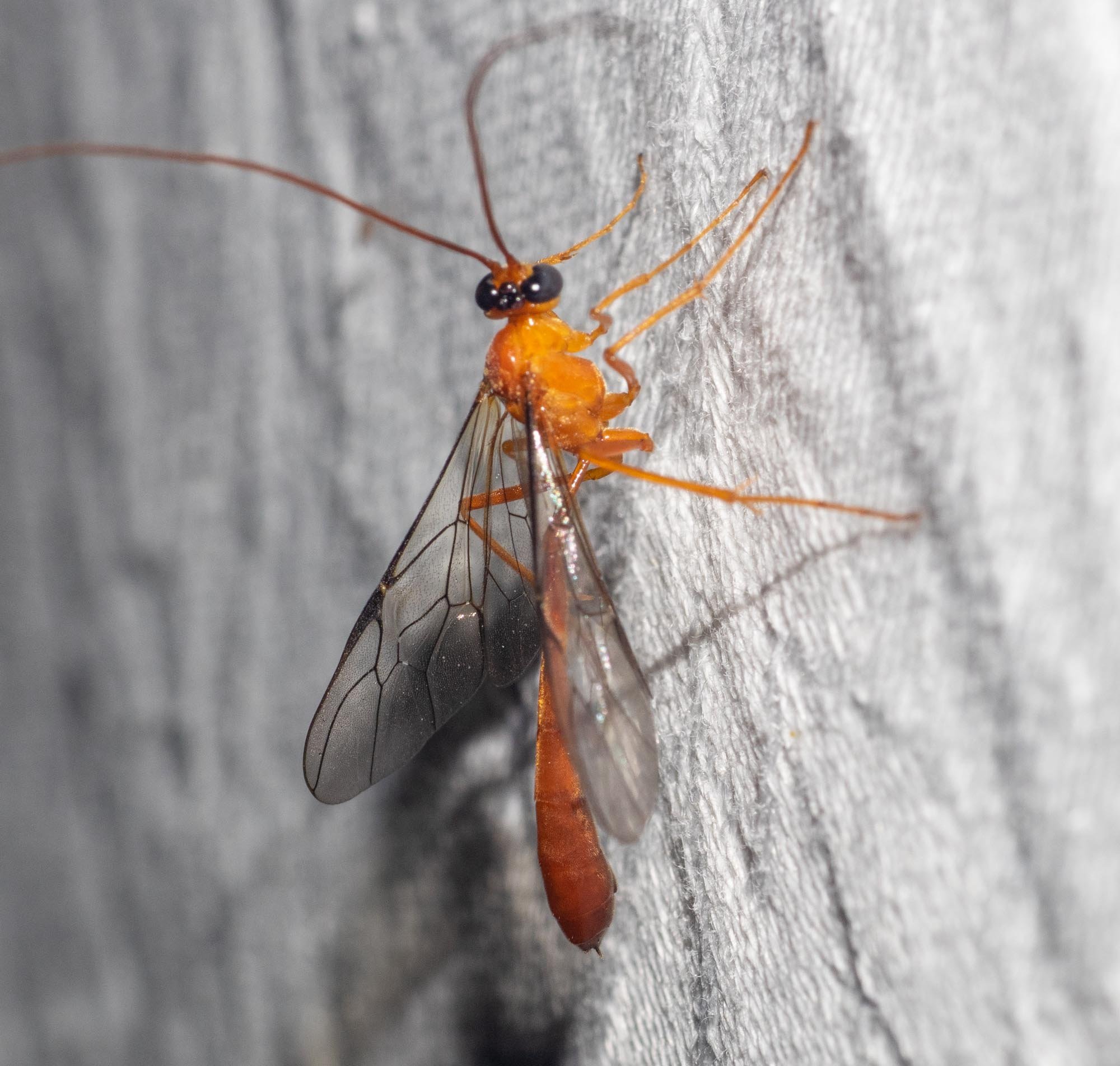
short-tailed ichneumonid wasp
Leptophion
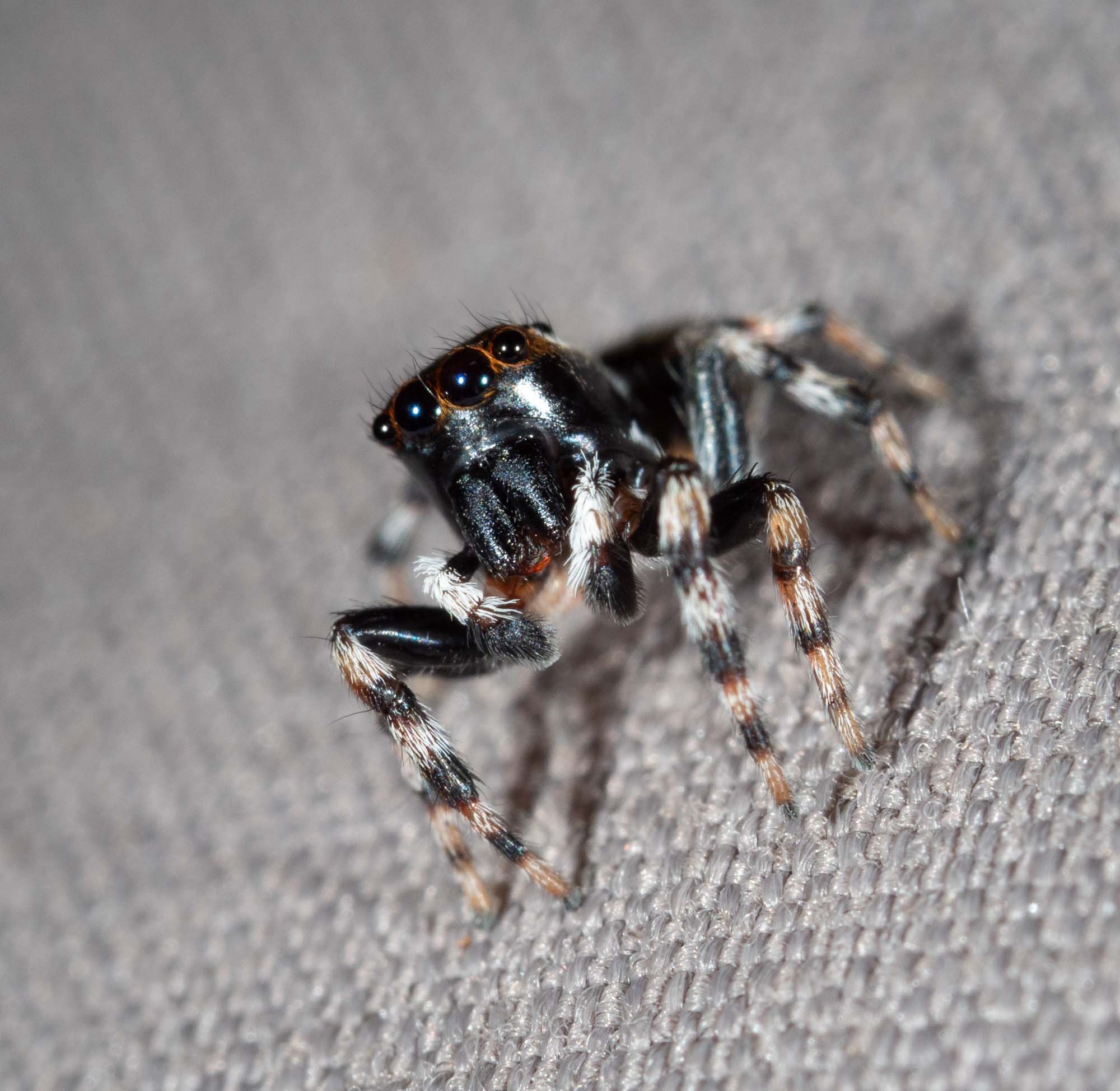
jumping spider
Maratus scutulatus. Another widespread species. We’ve often seen it at home.
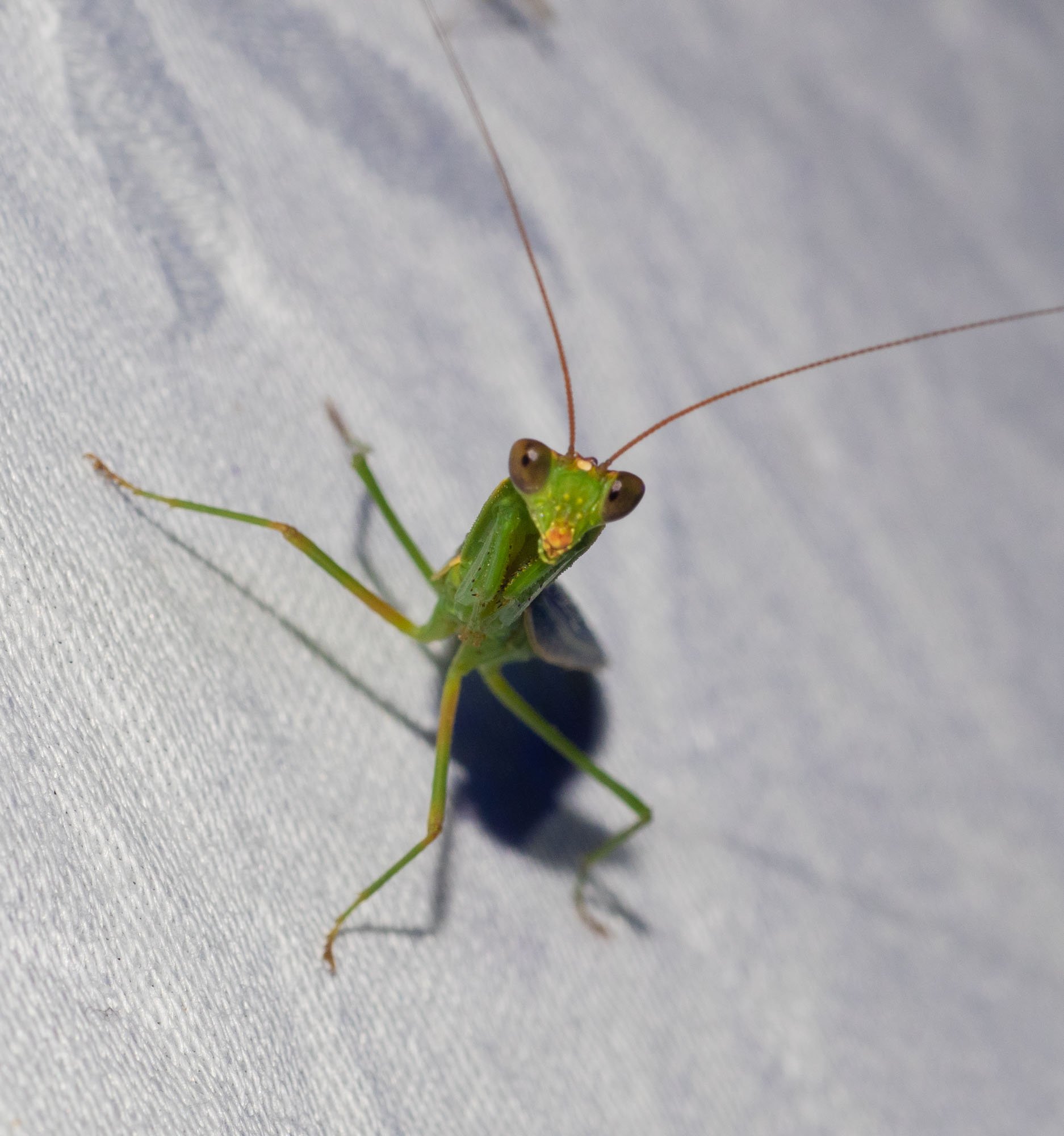
Australian Garden Mantis
Orthodera ministralis. This is Australia’s most common and widespread mantis, found in a wide variety of habitats. Including lightsheets!
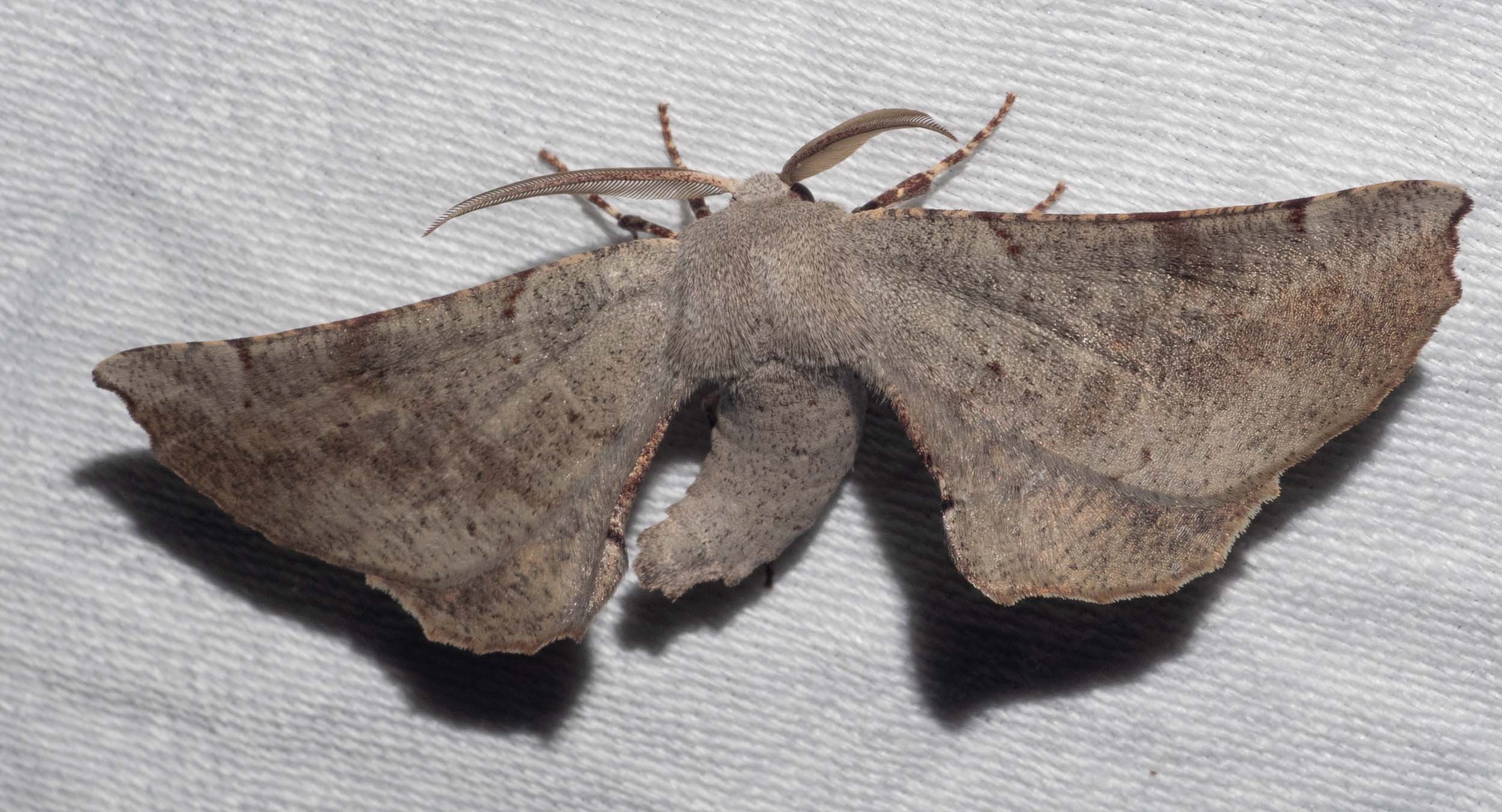
Broken Leaf Moth
Circopetes obtusata. A distinctive and familiar moth to us, often seen in our southern forest. It is found all around the east coast.































































